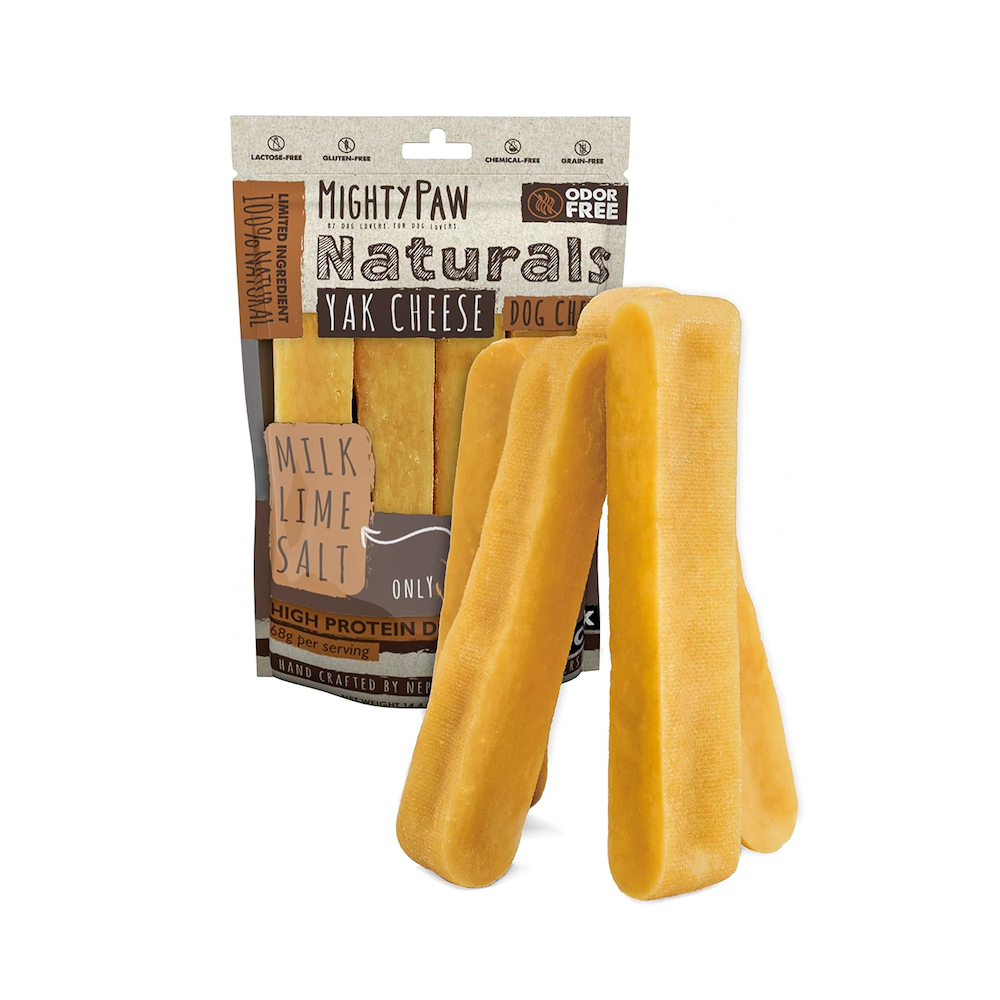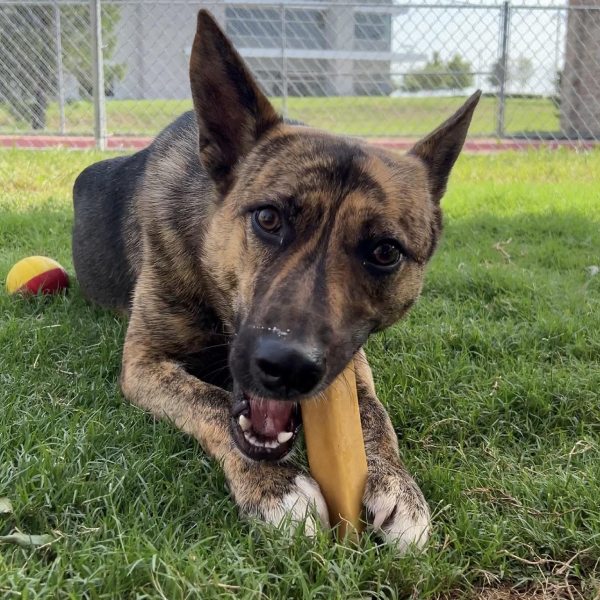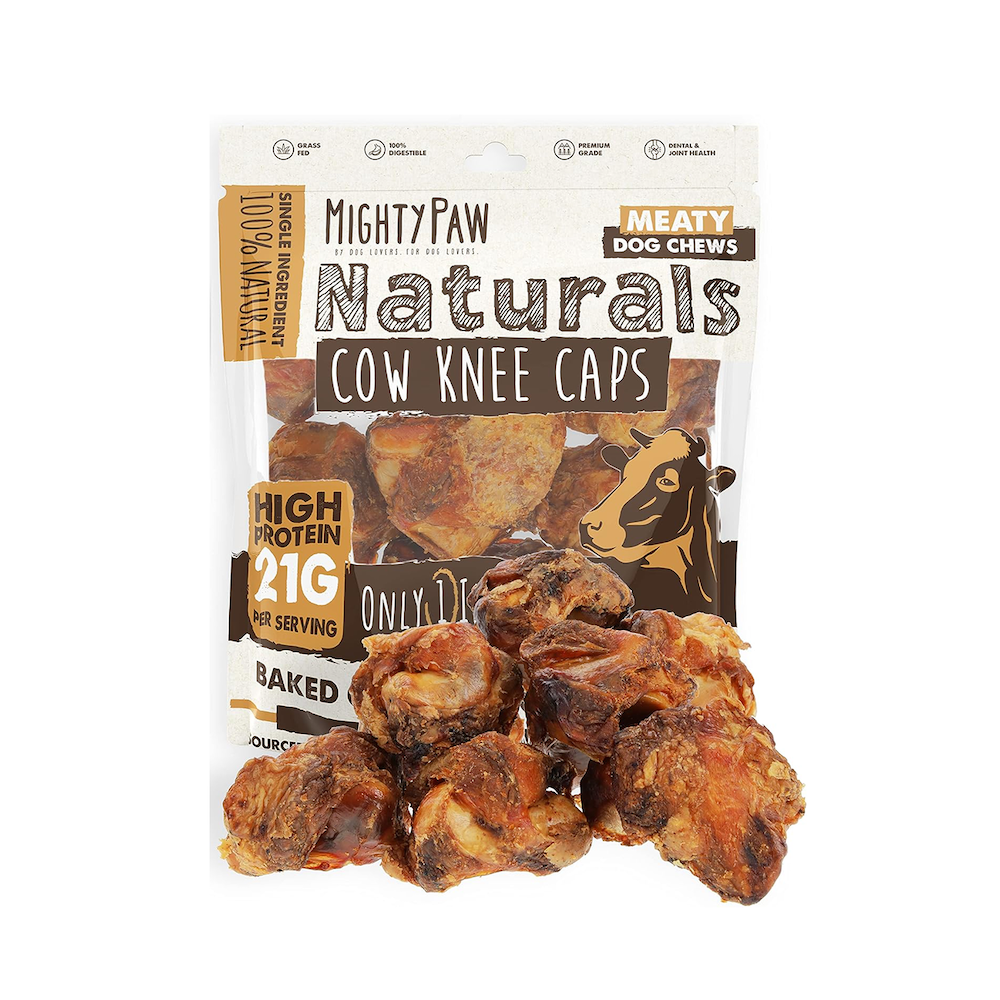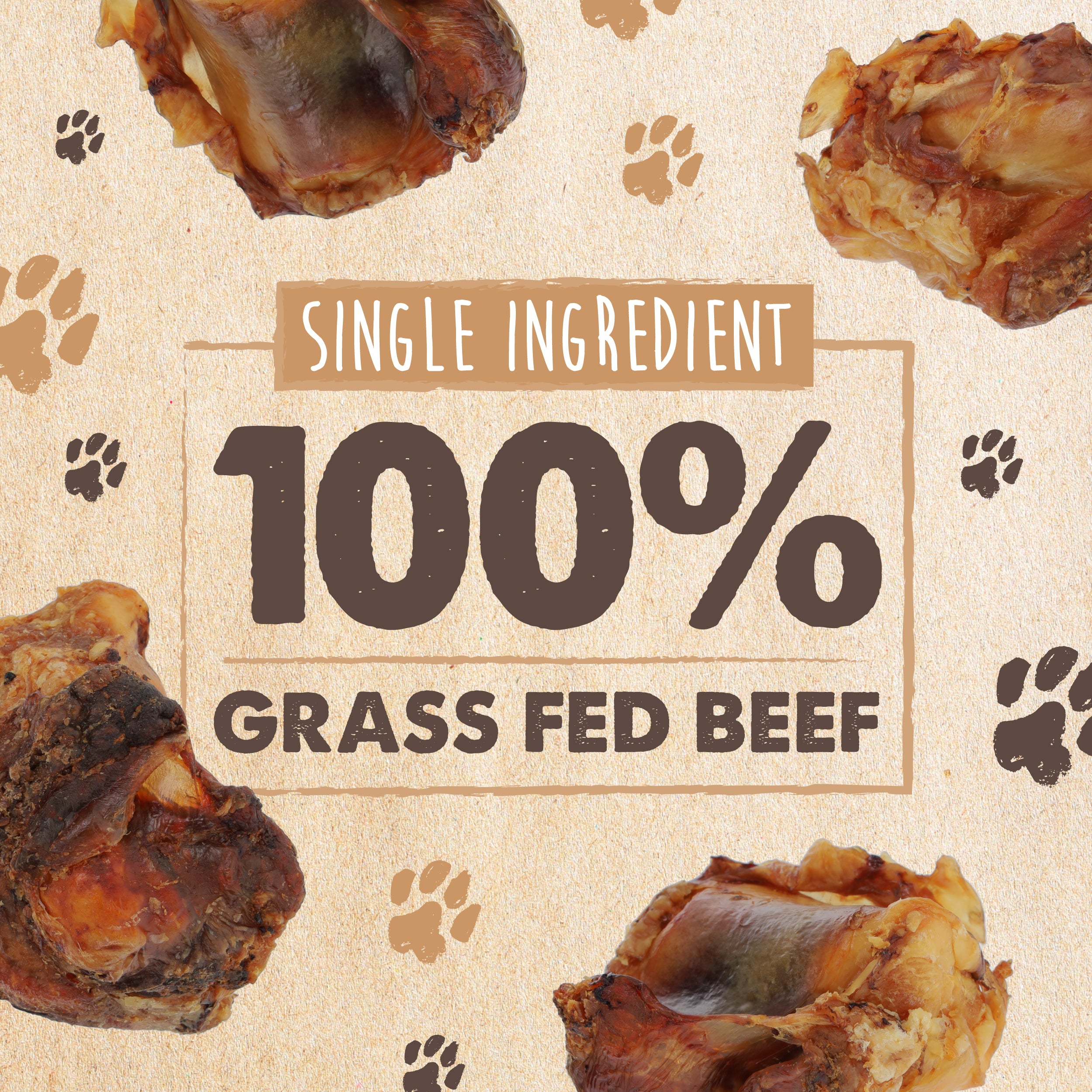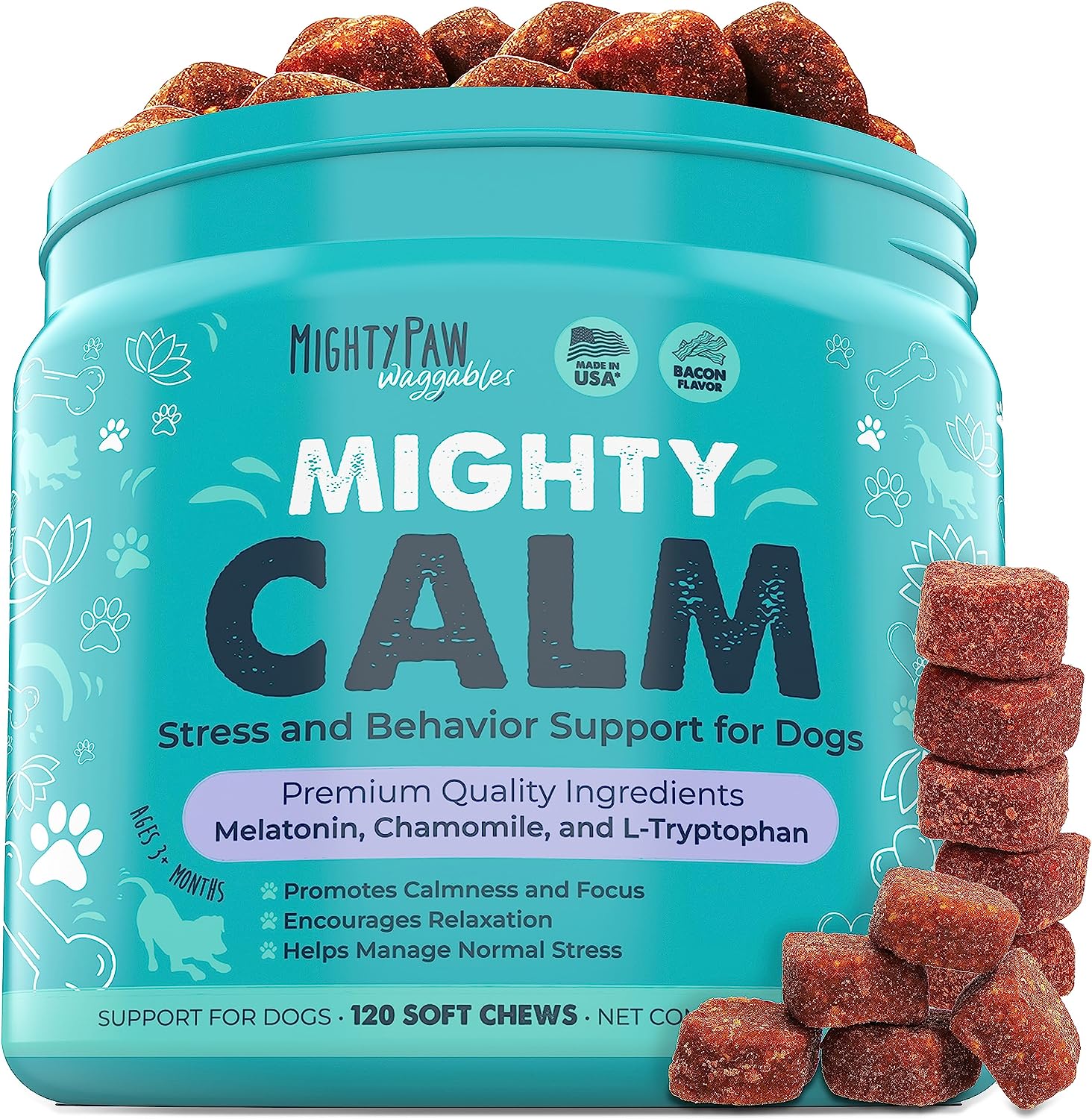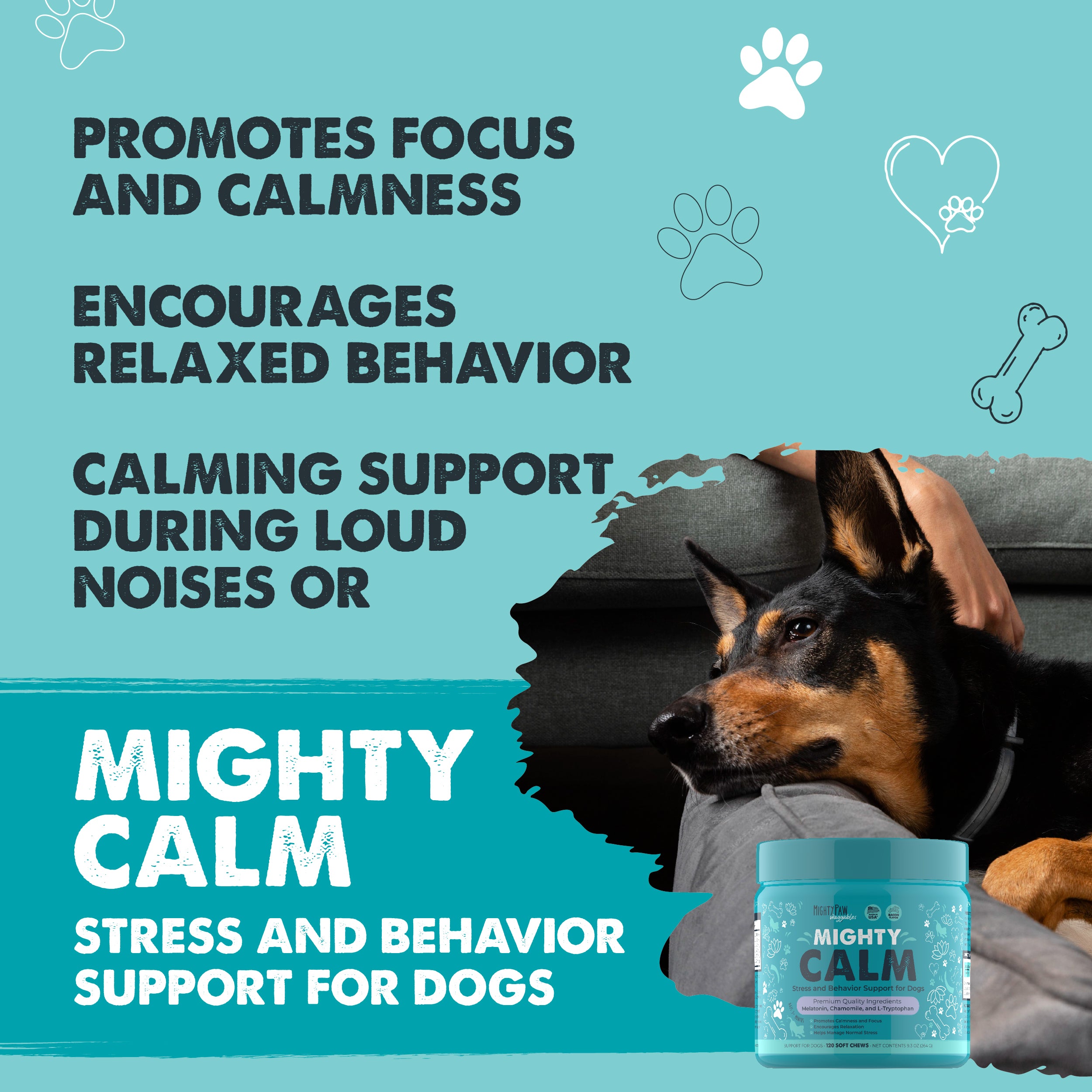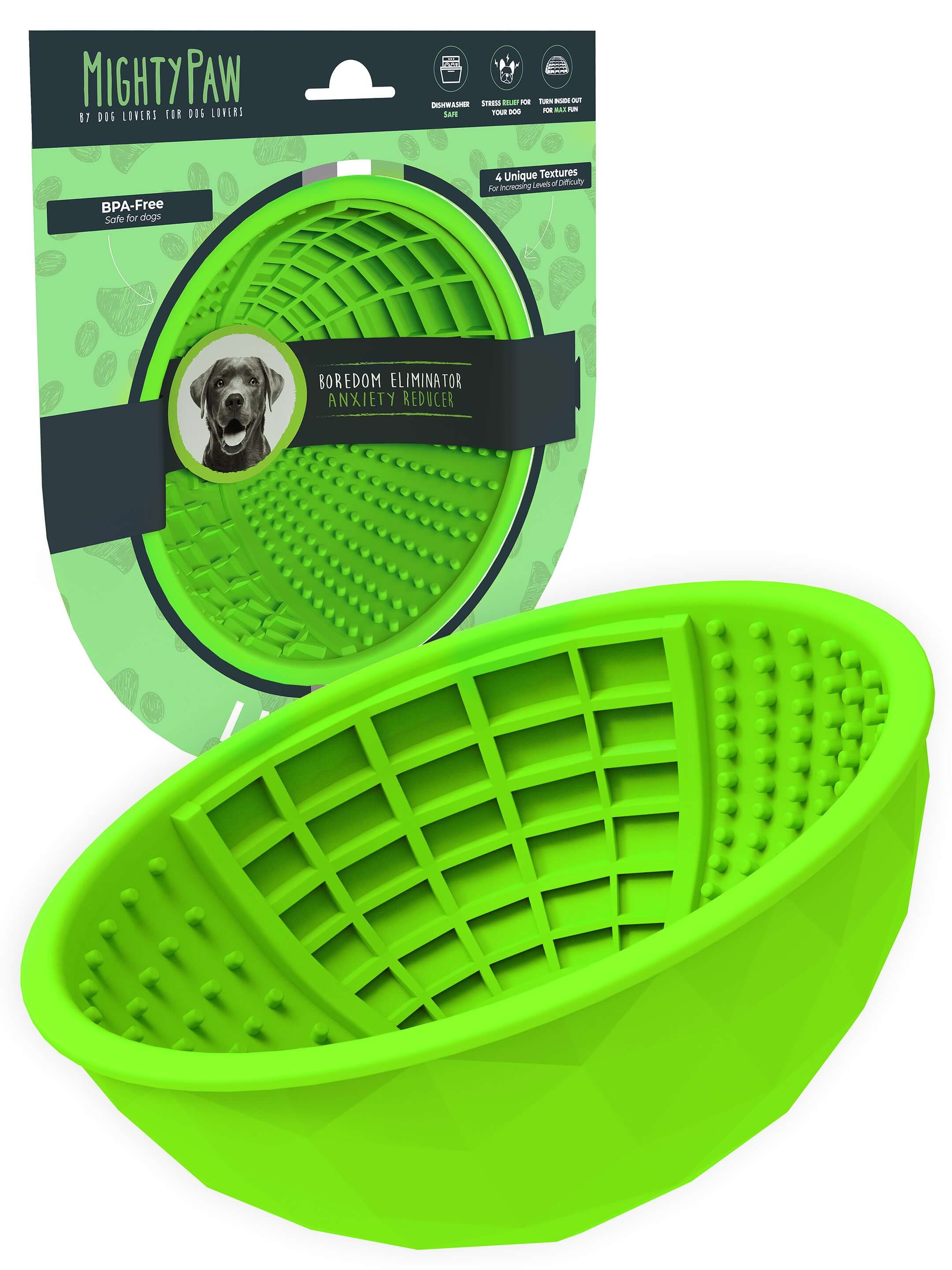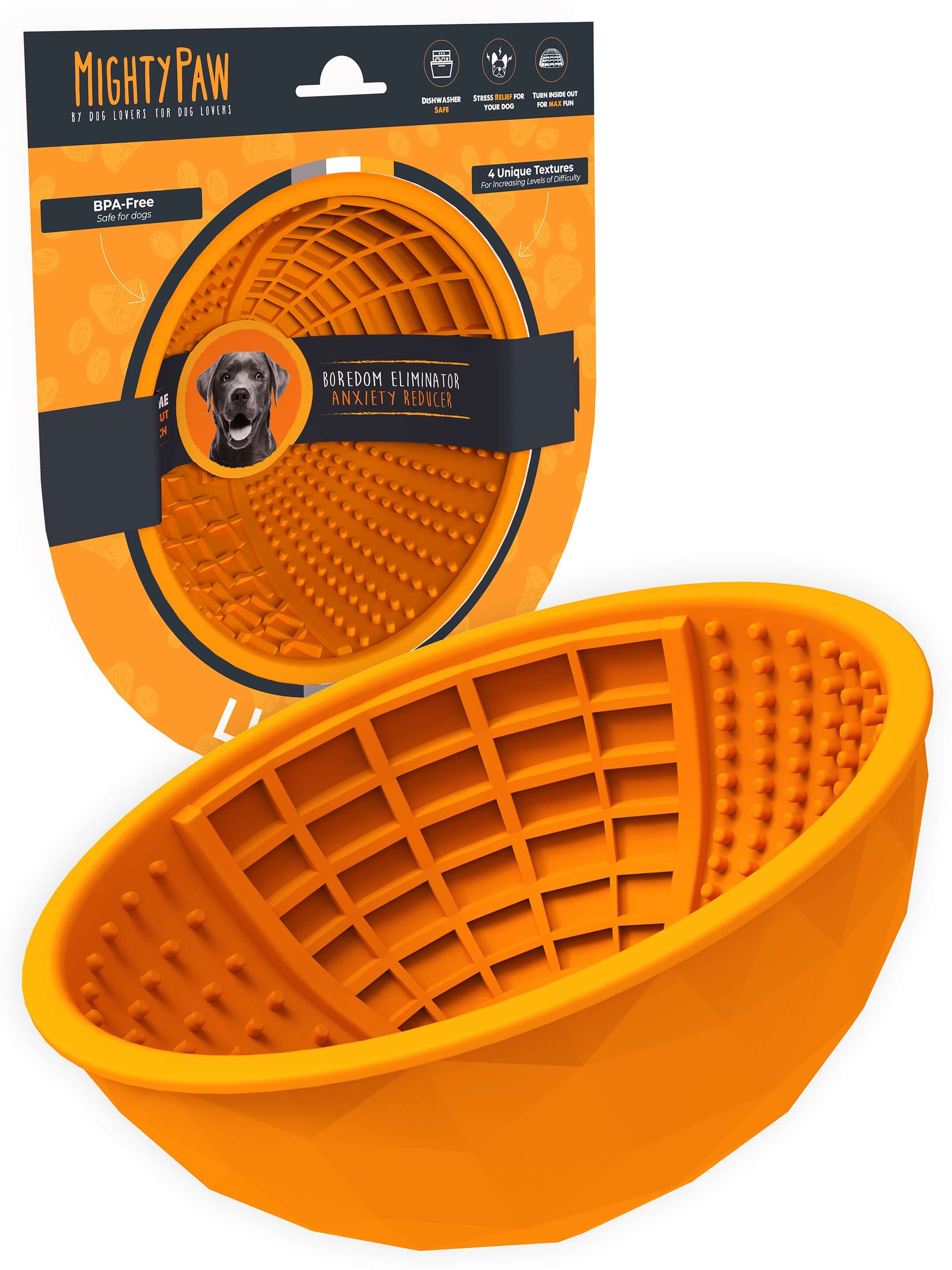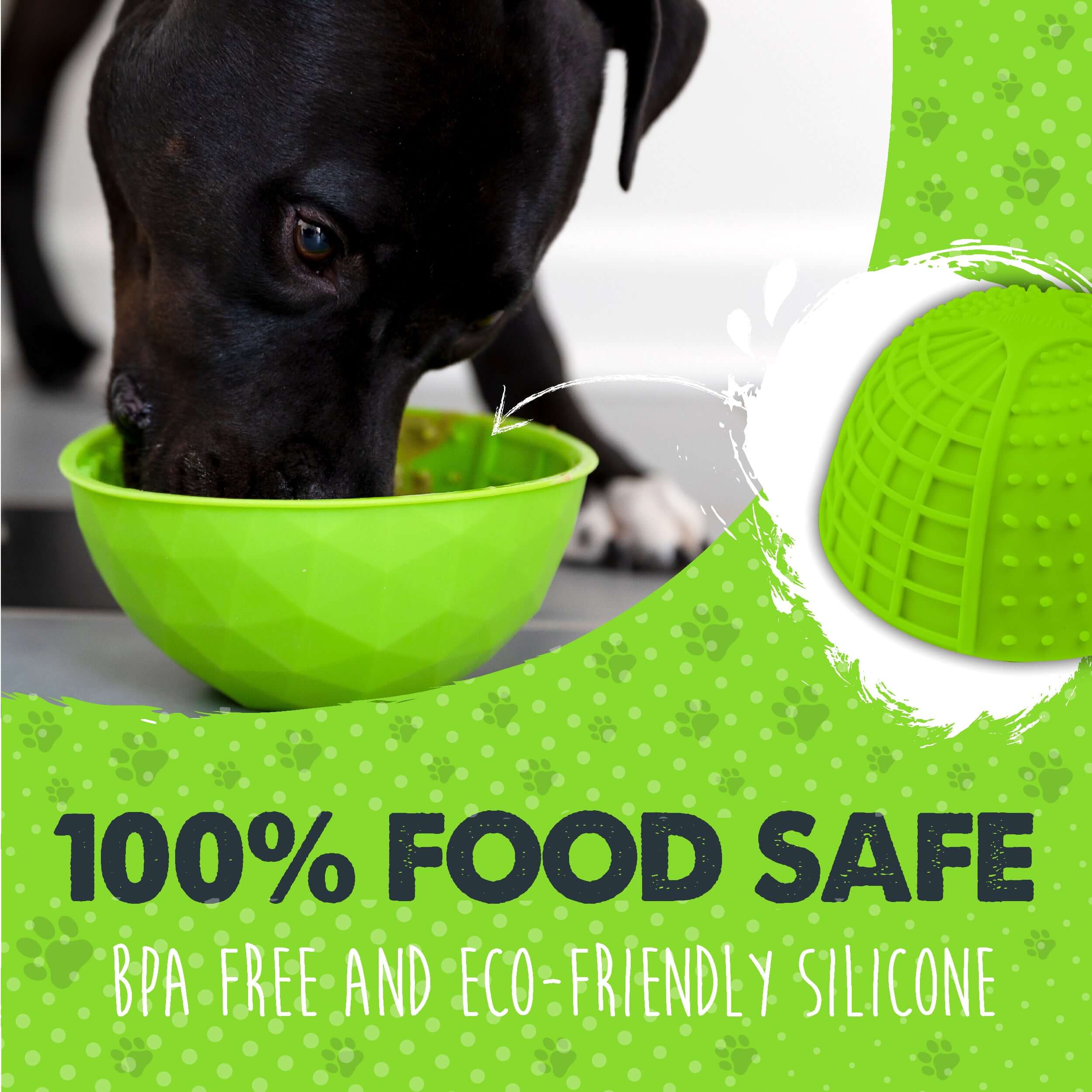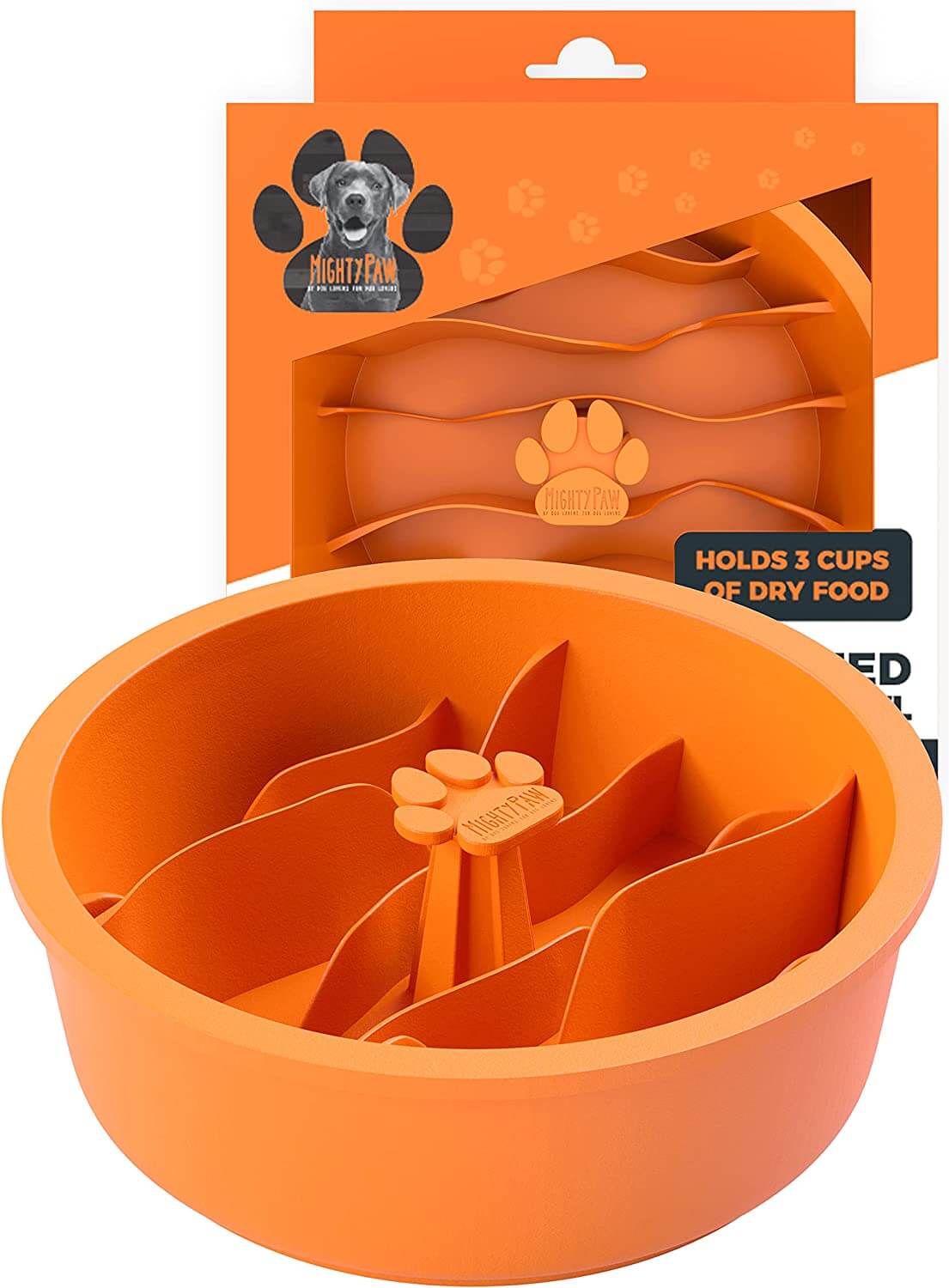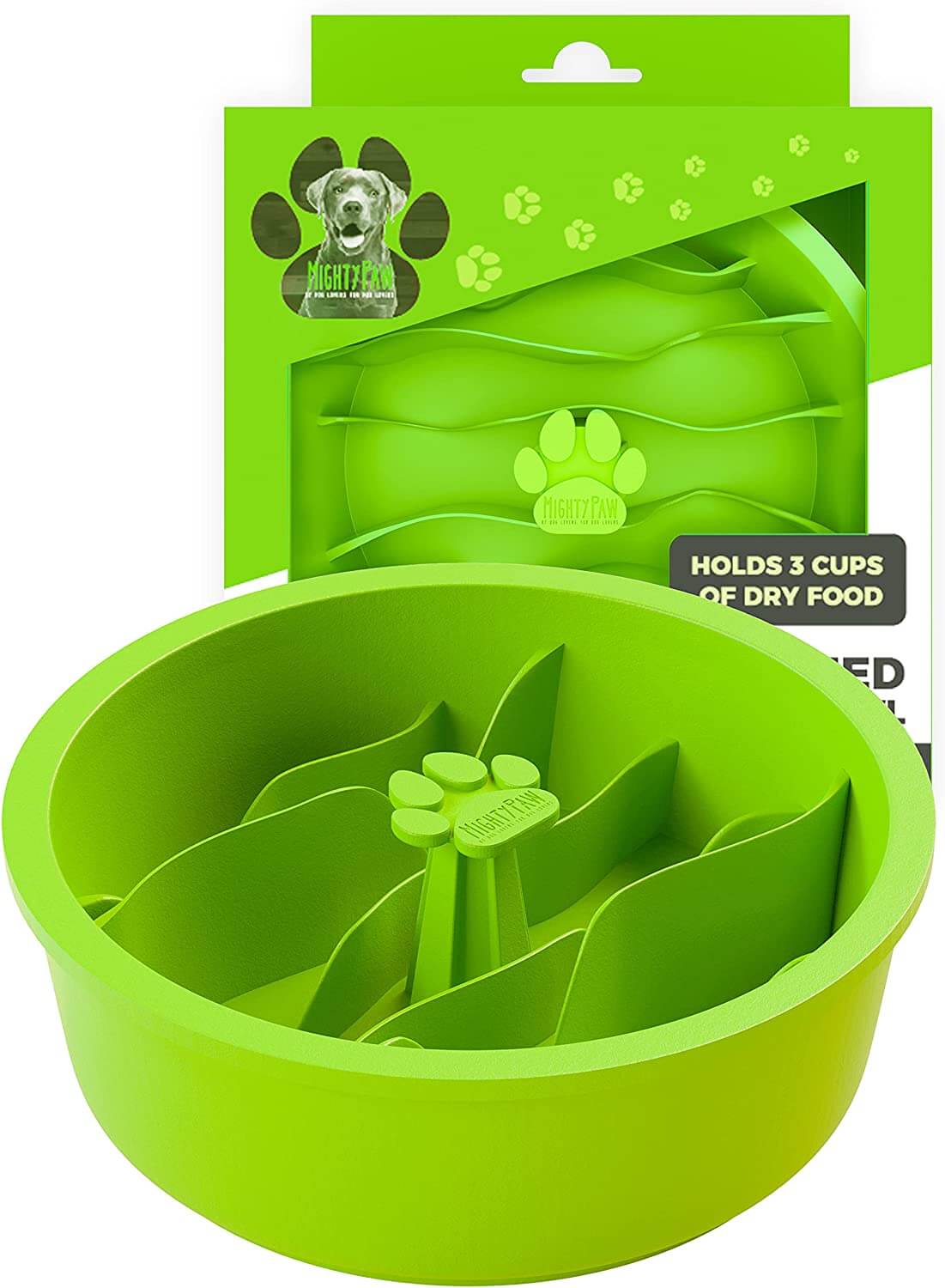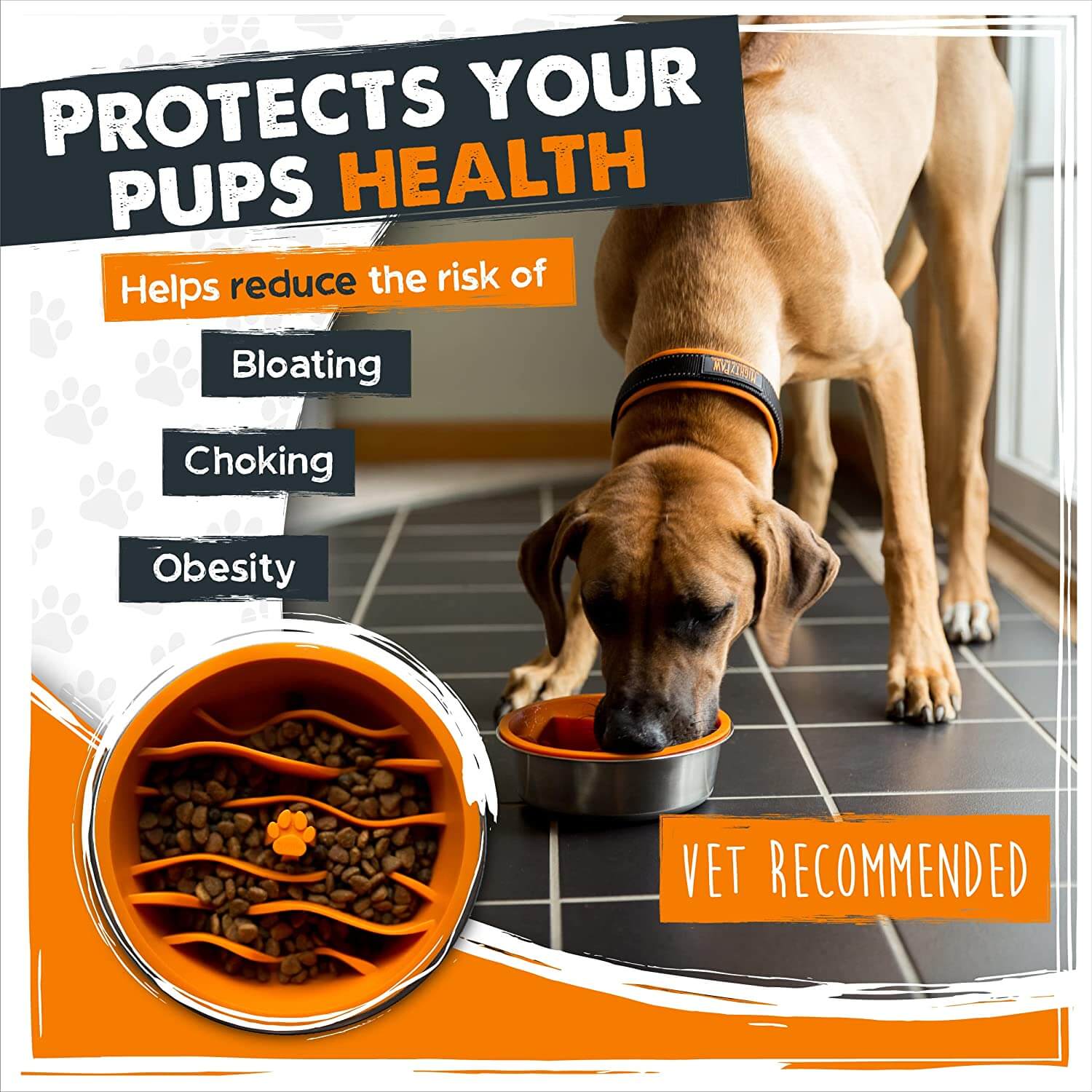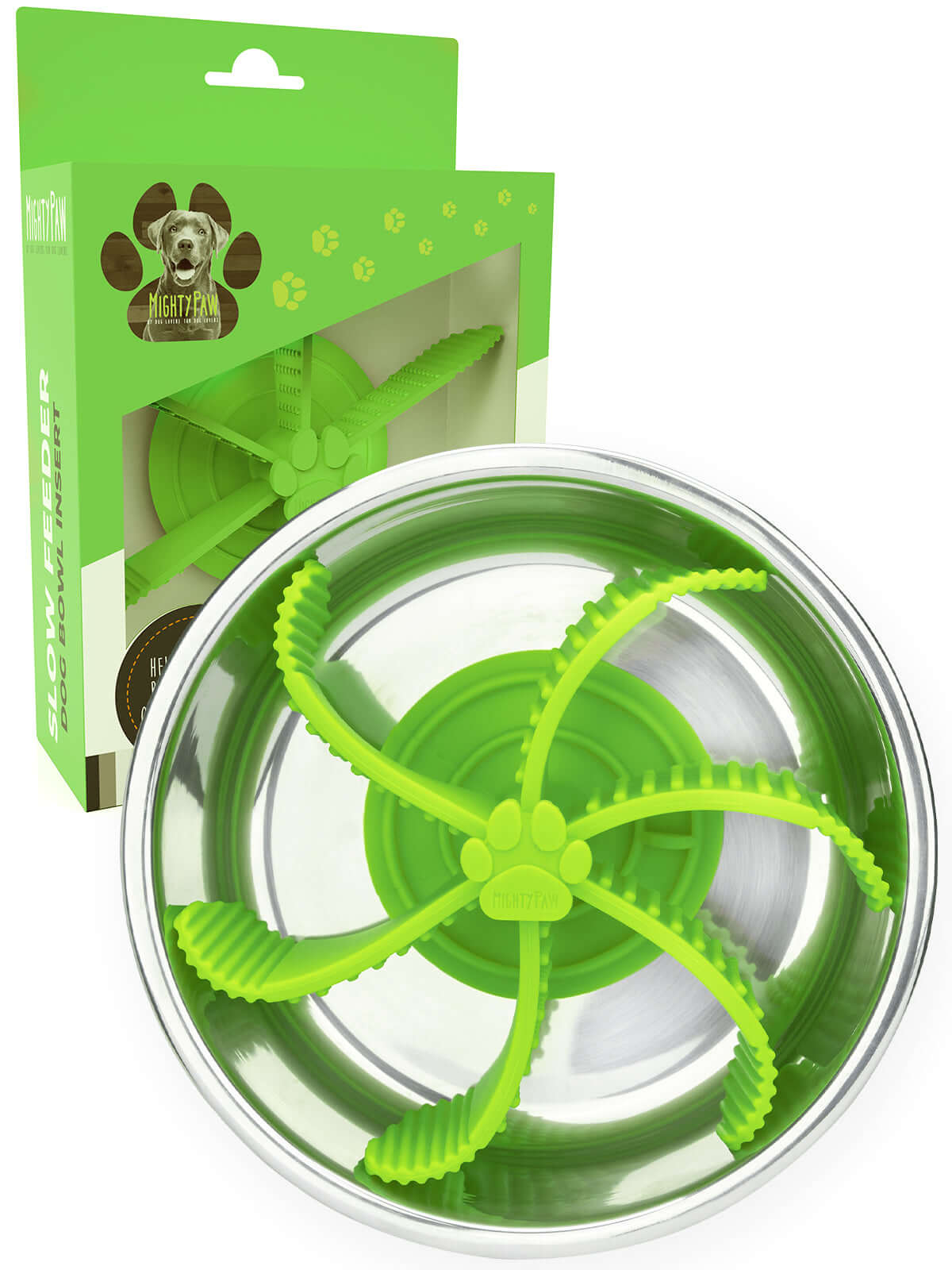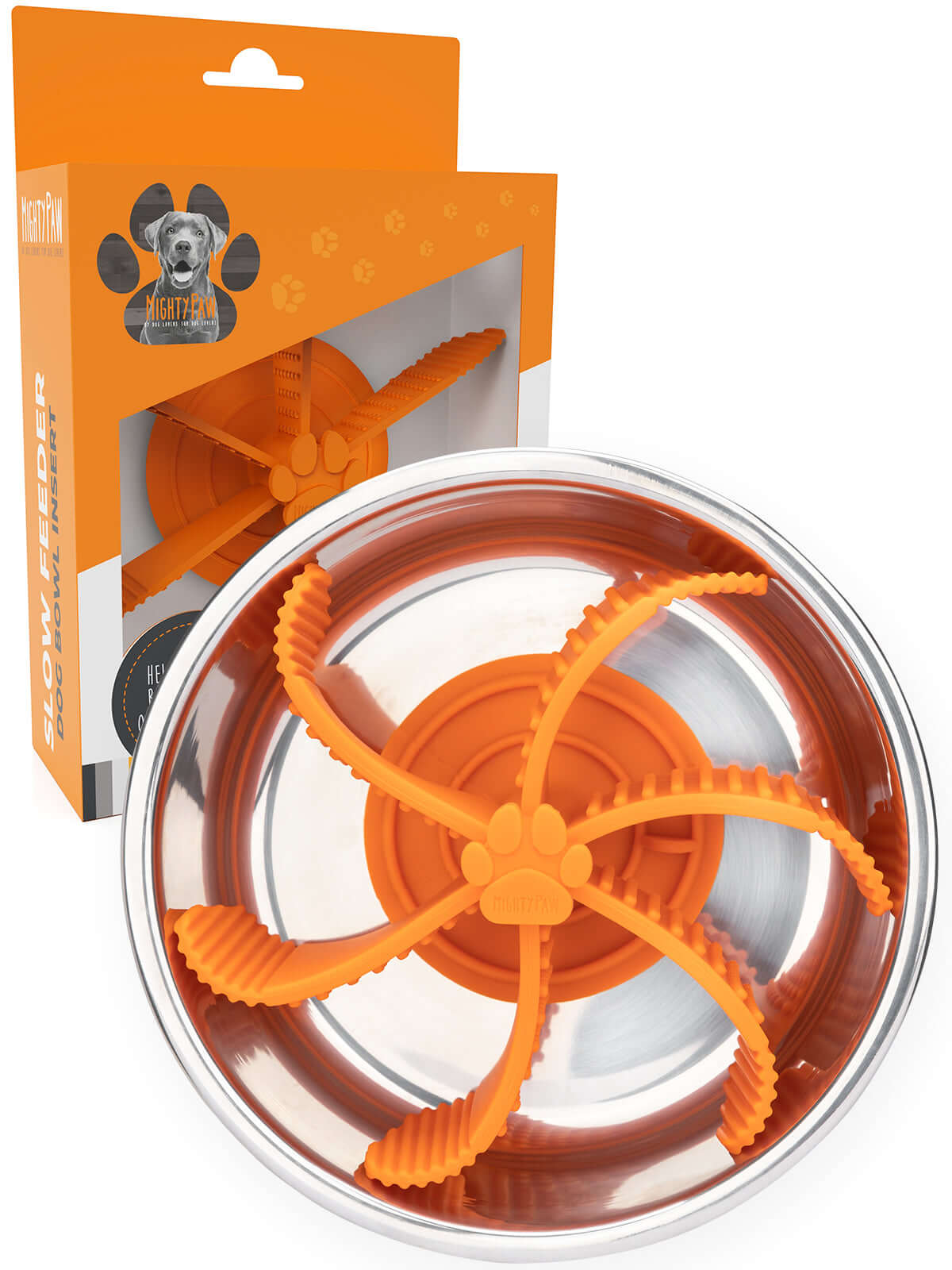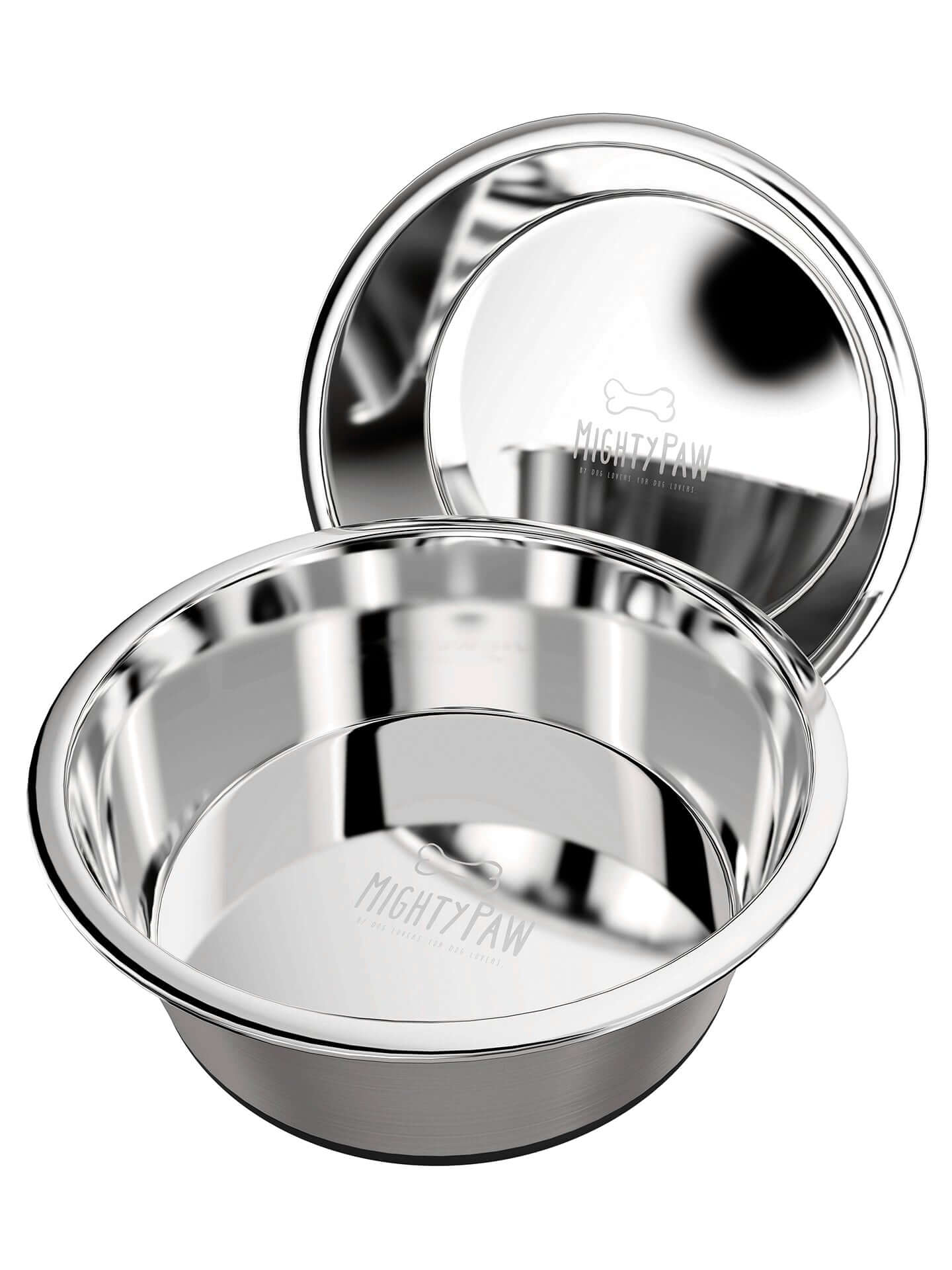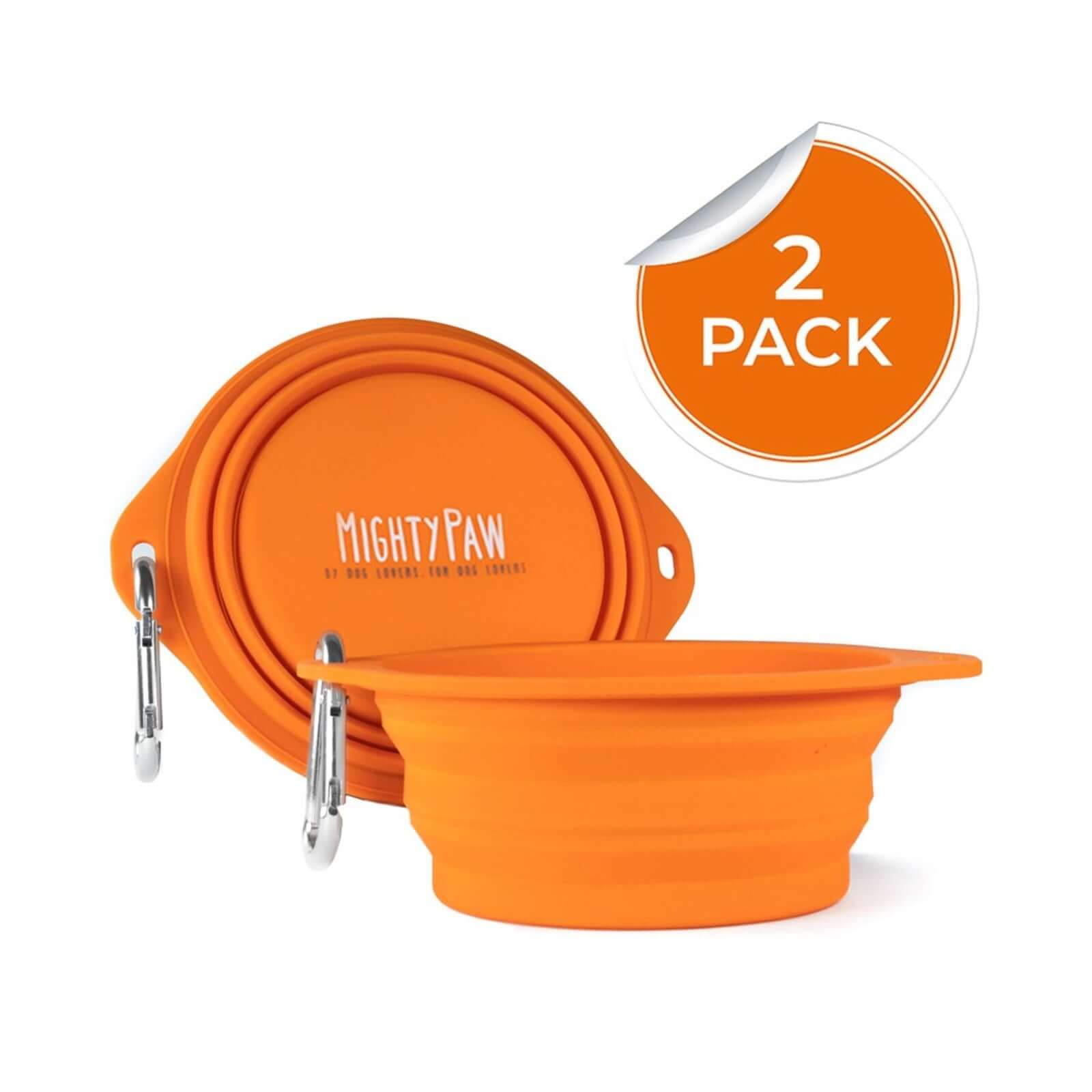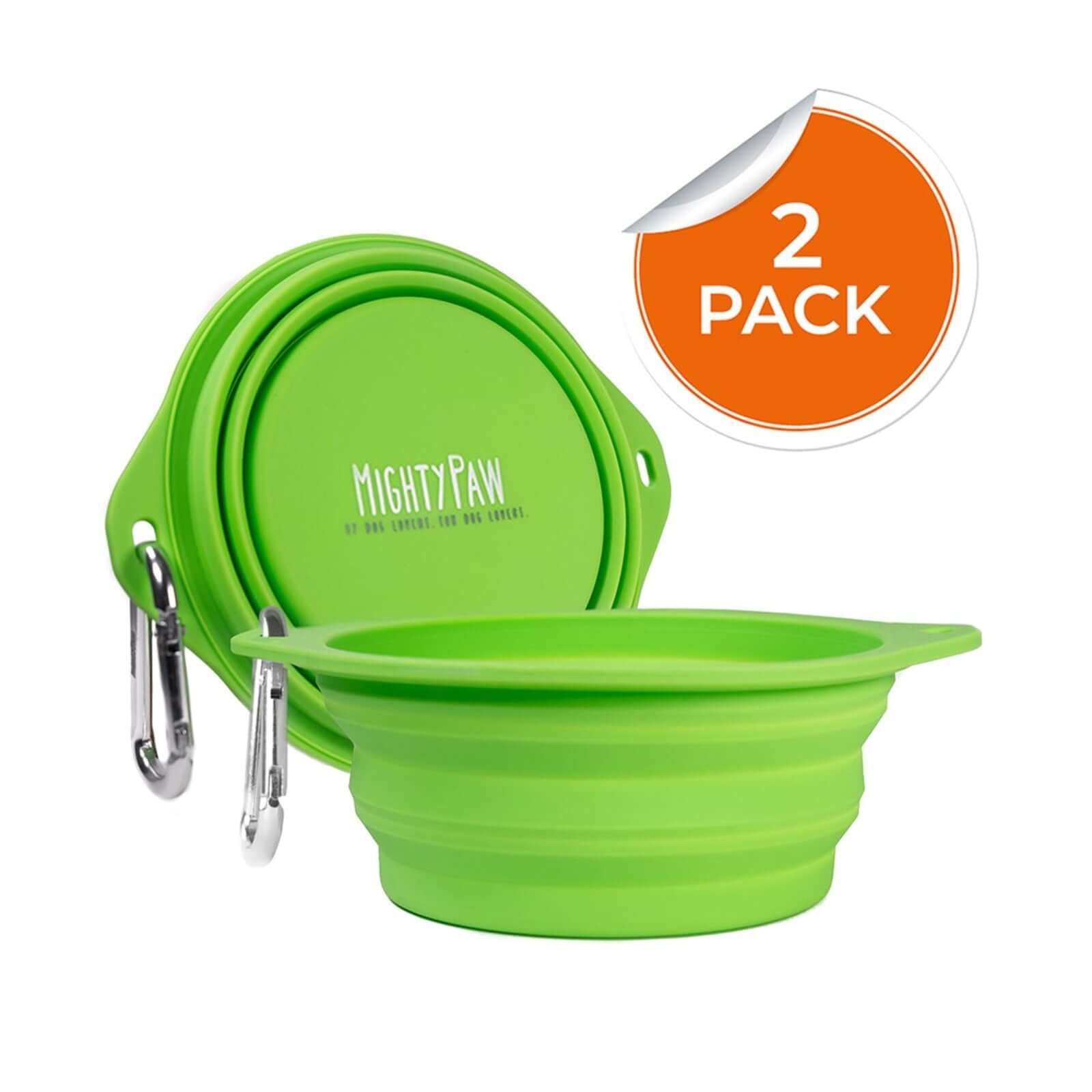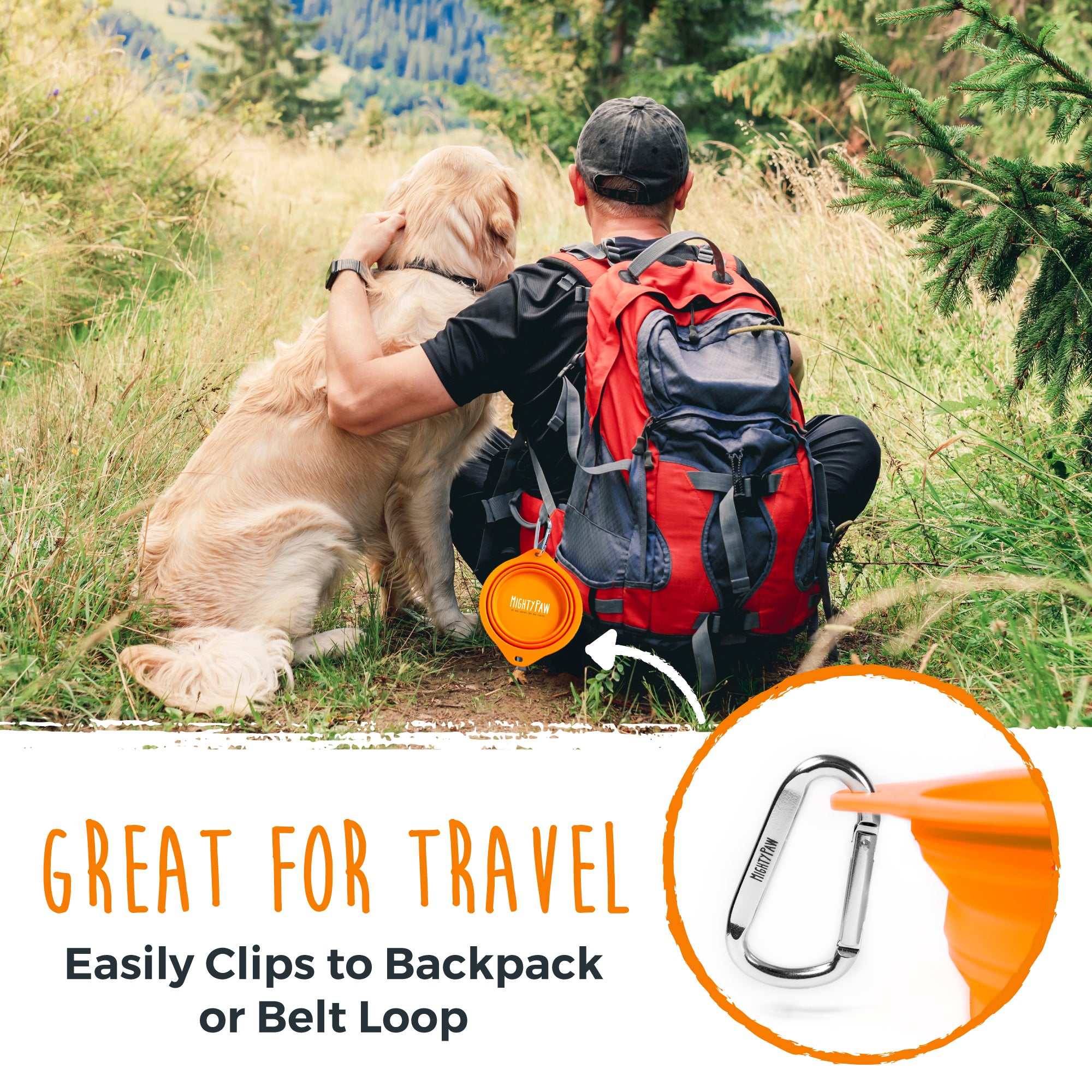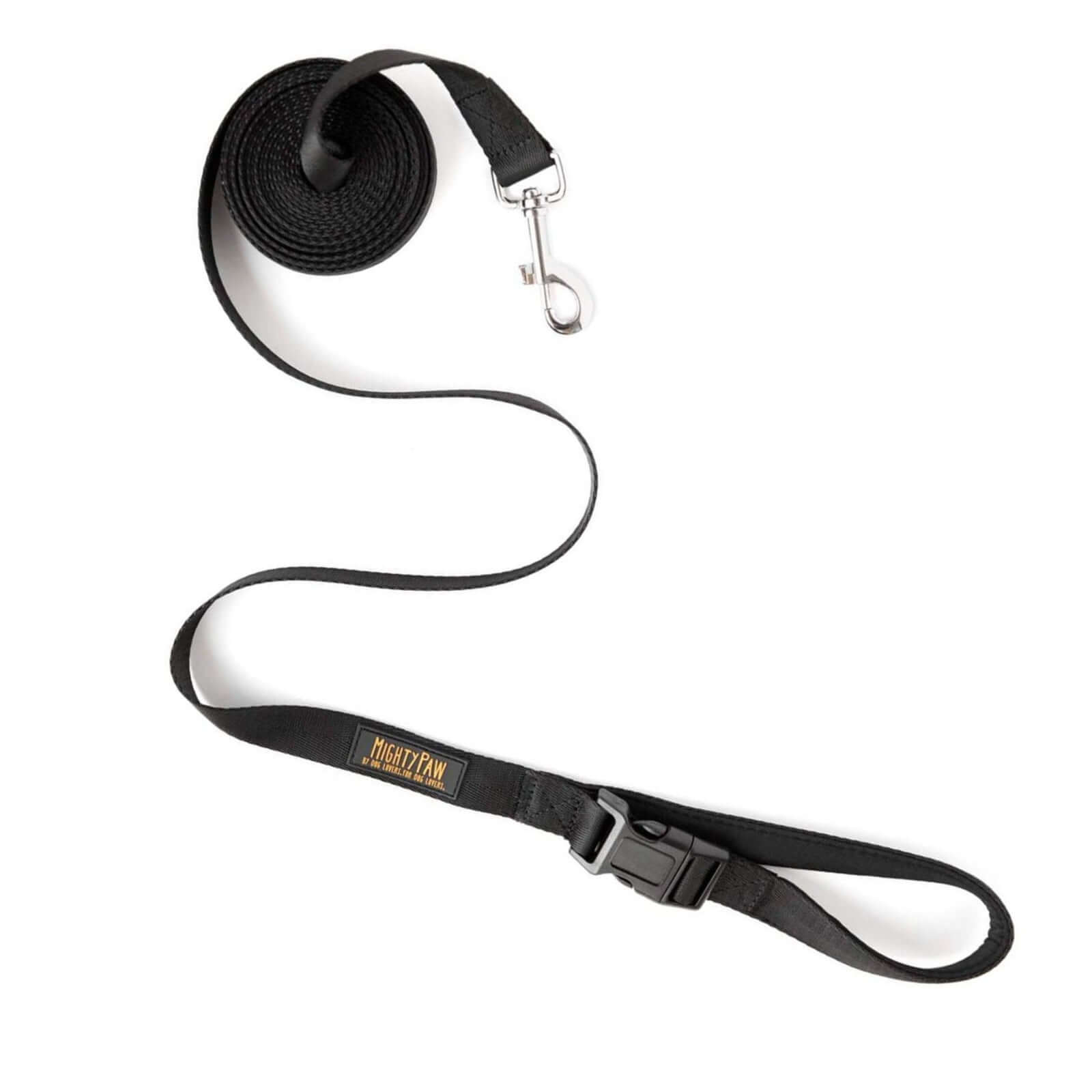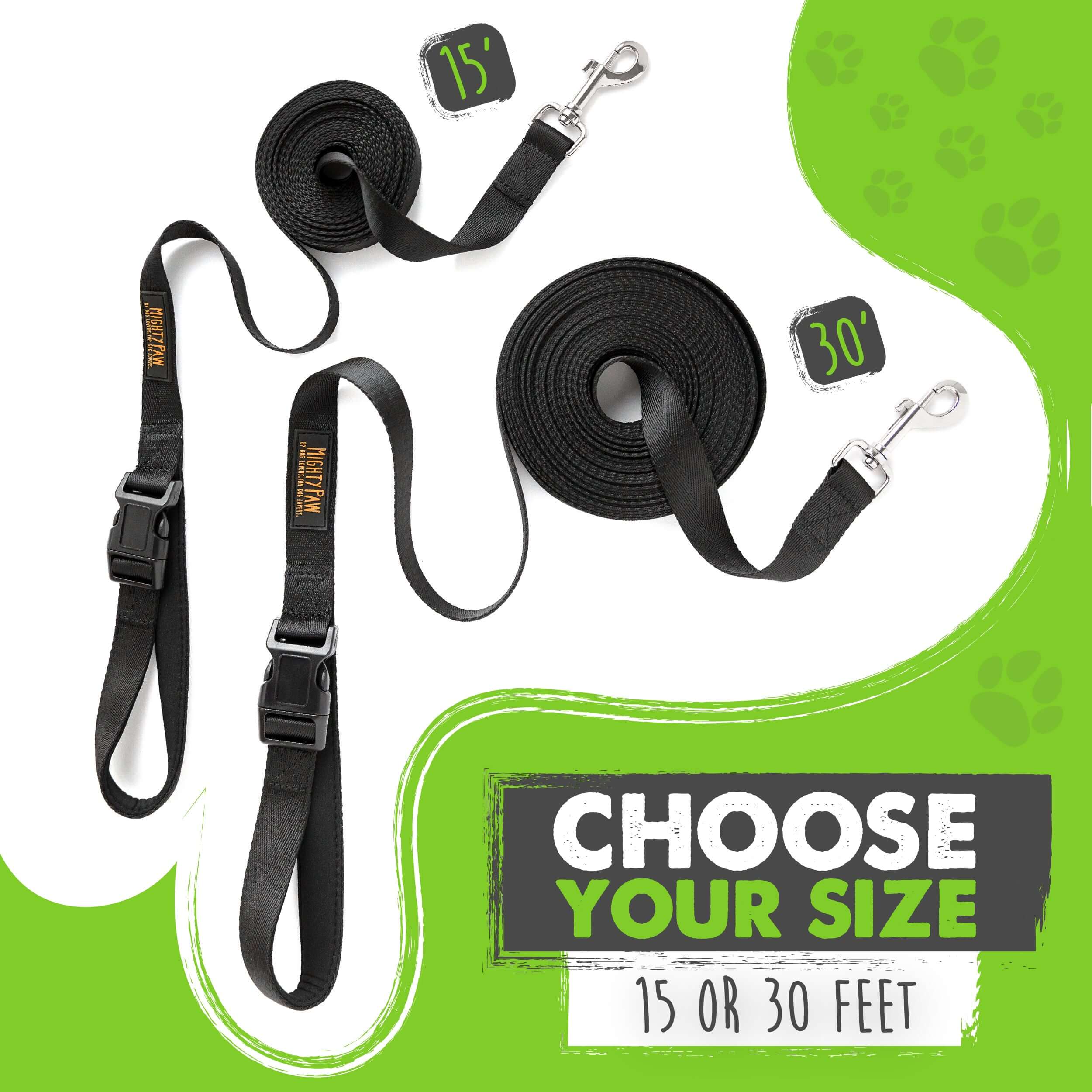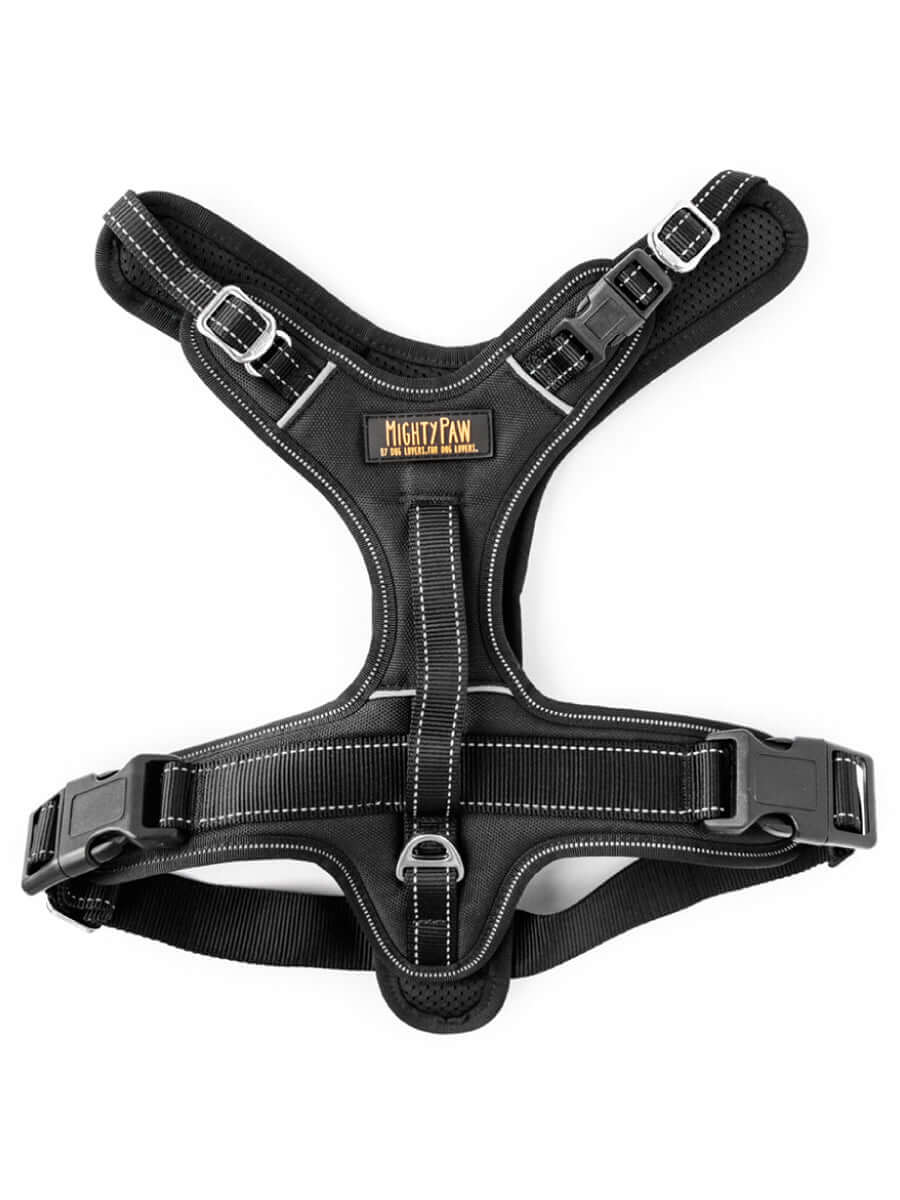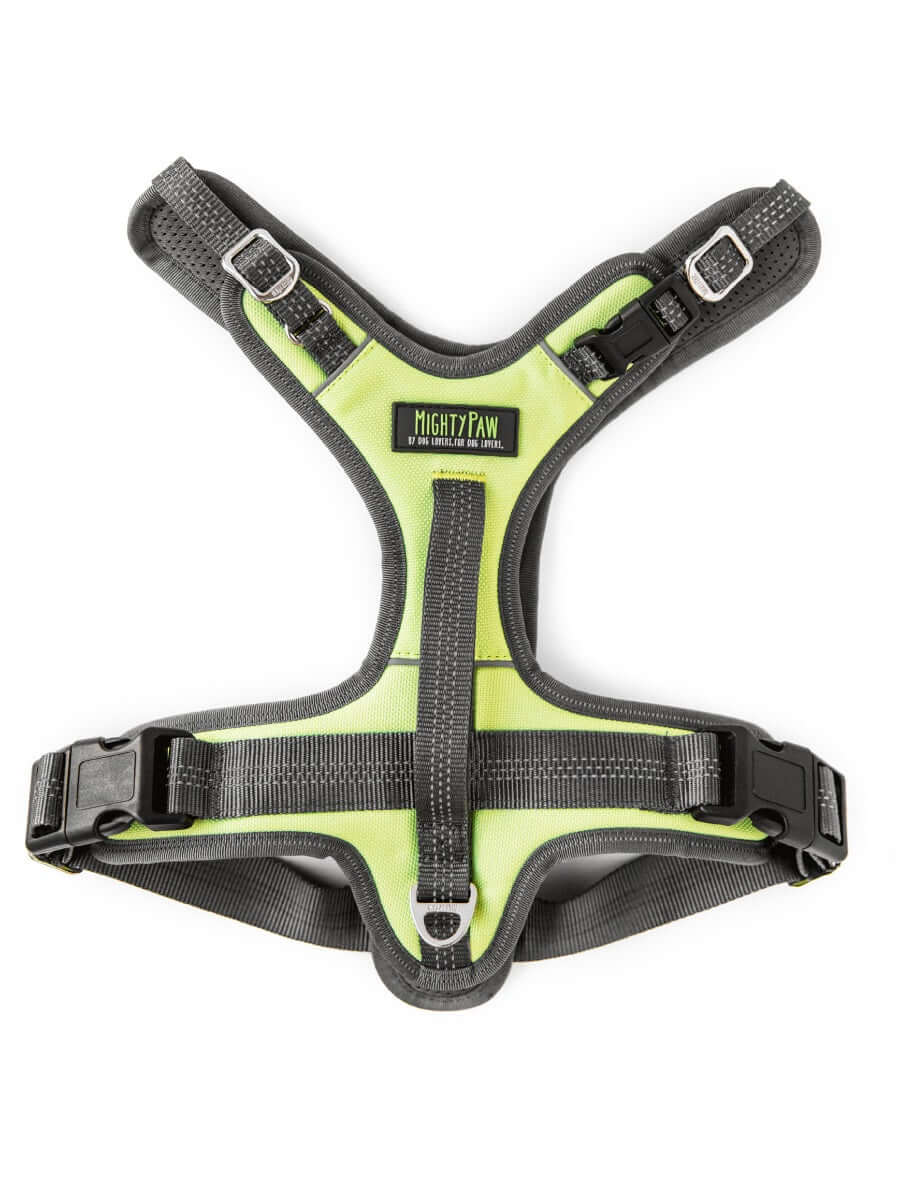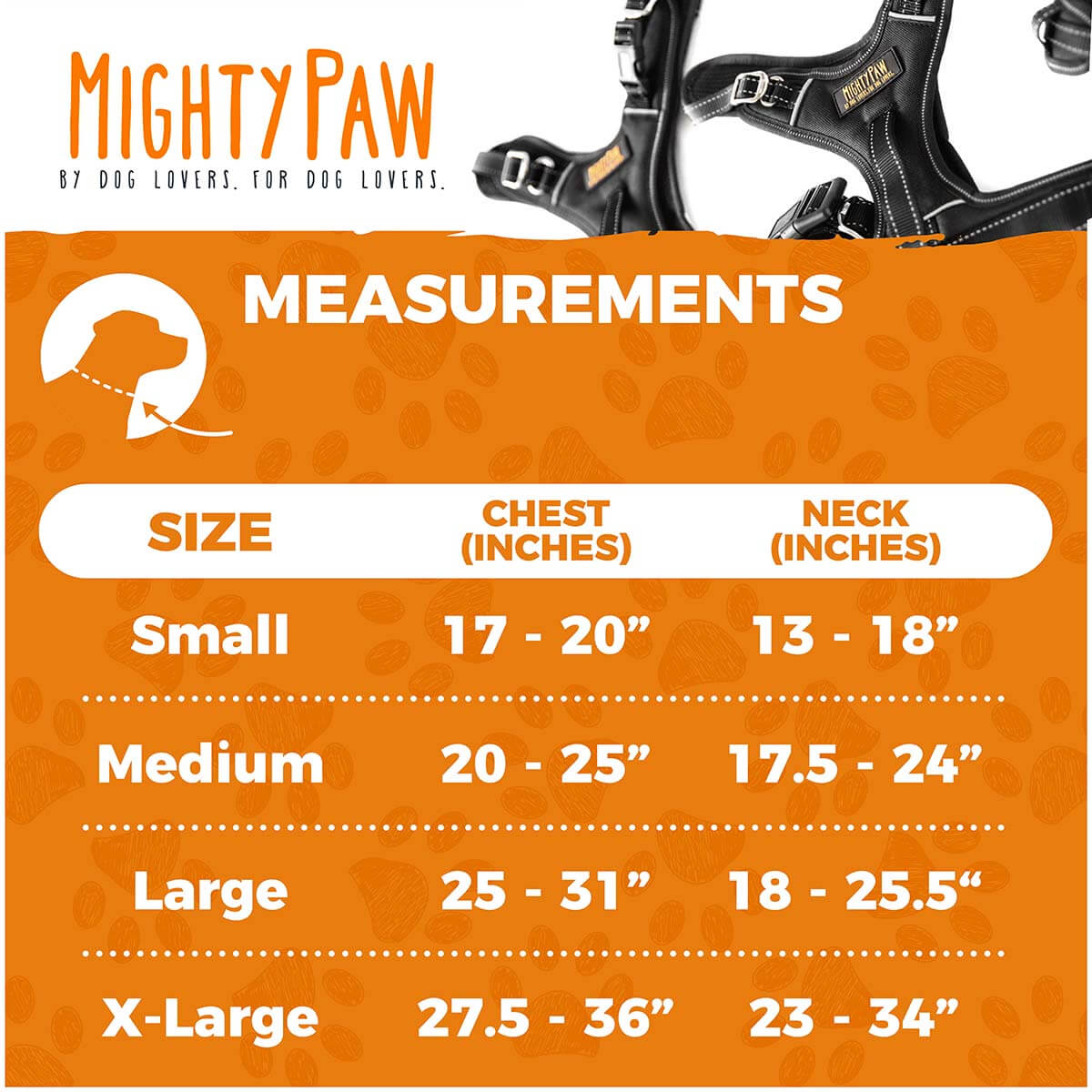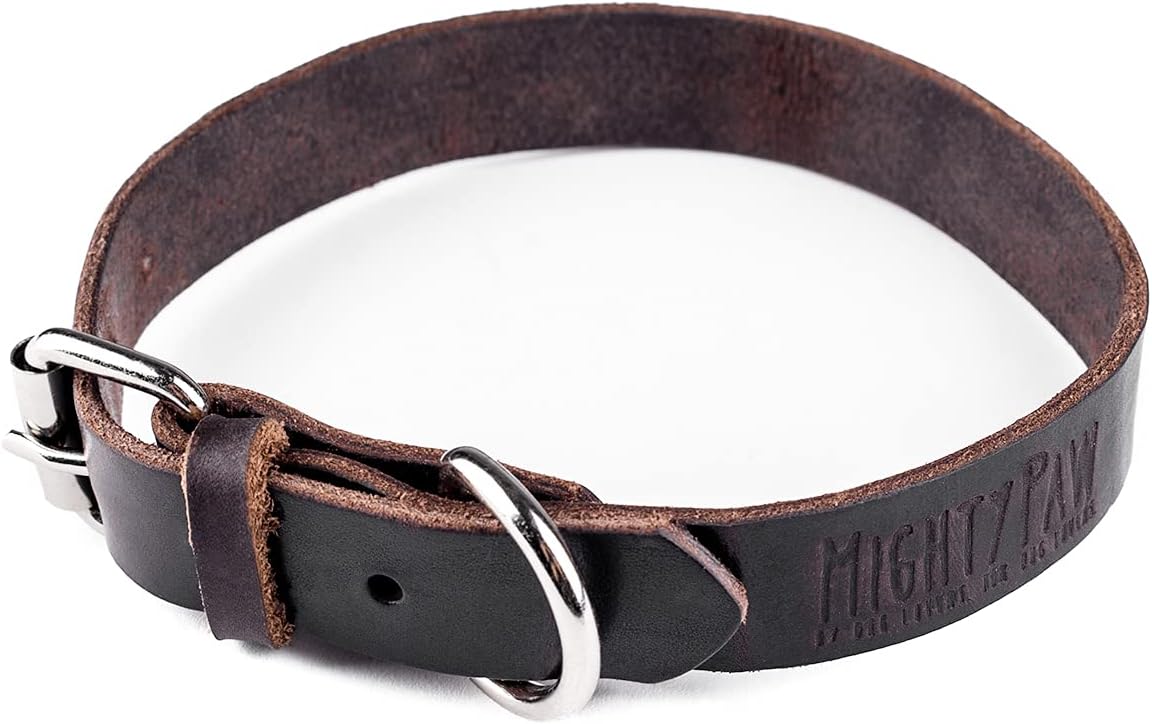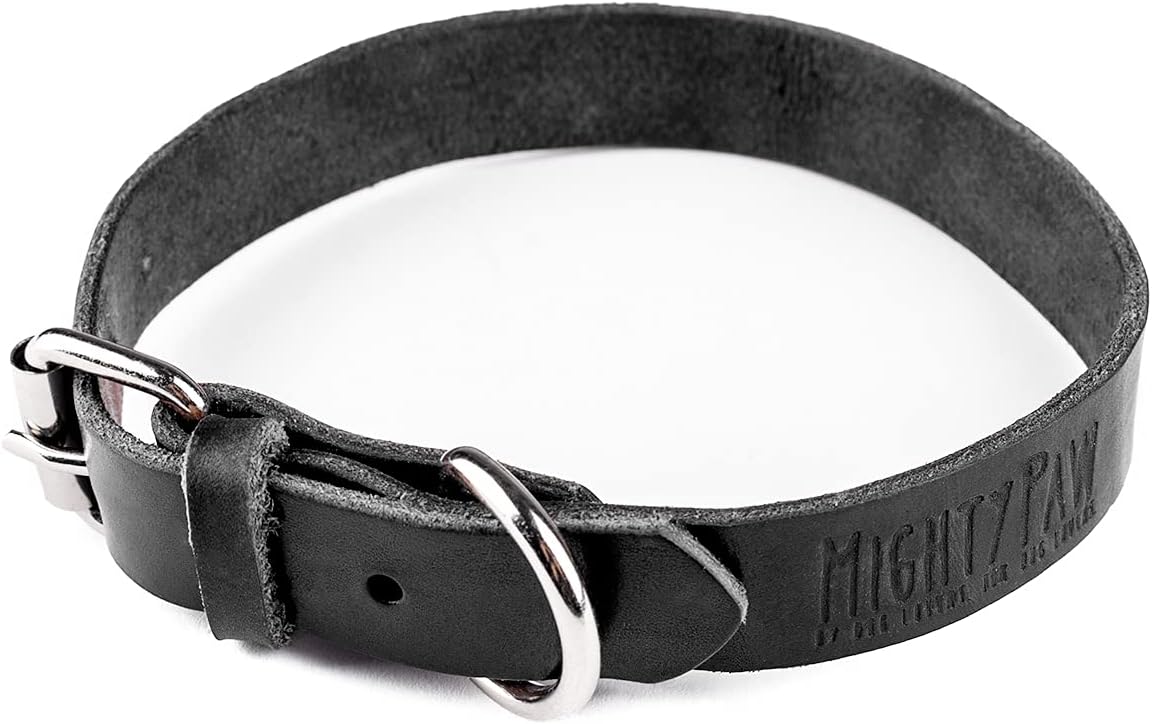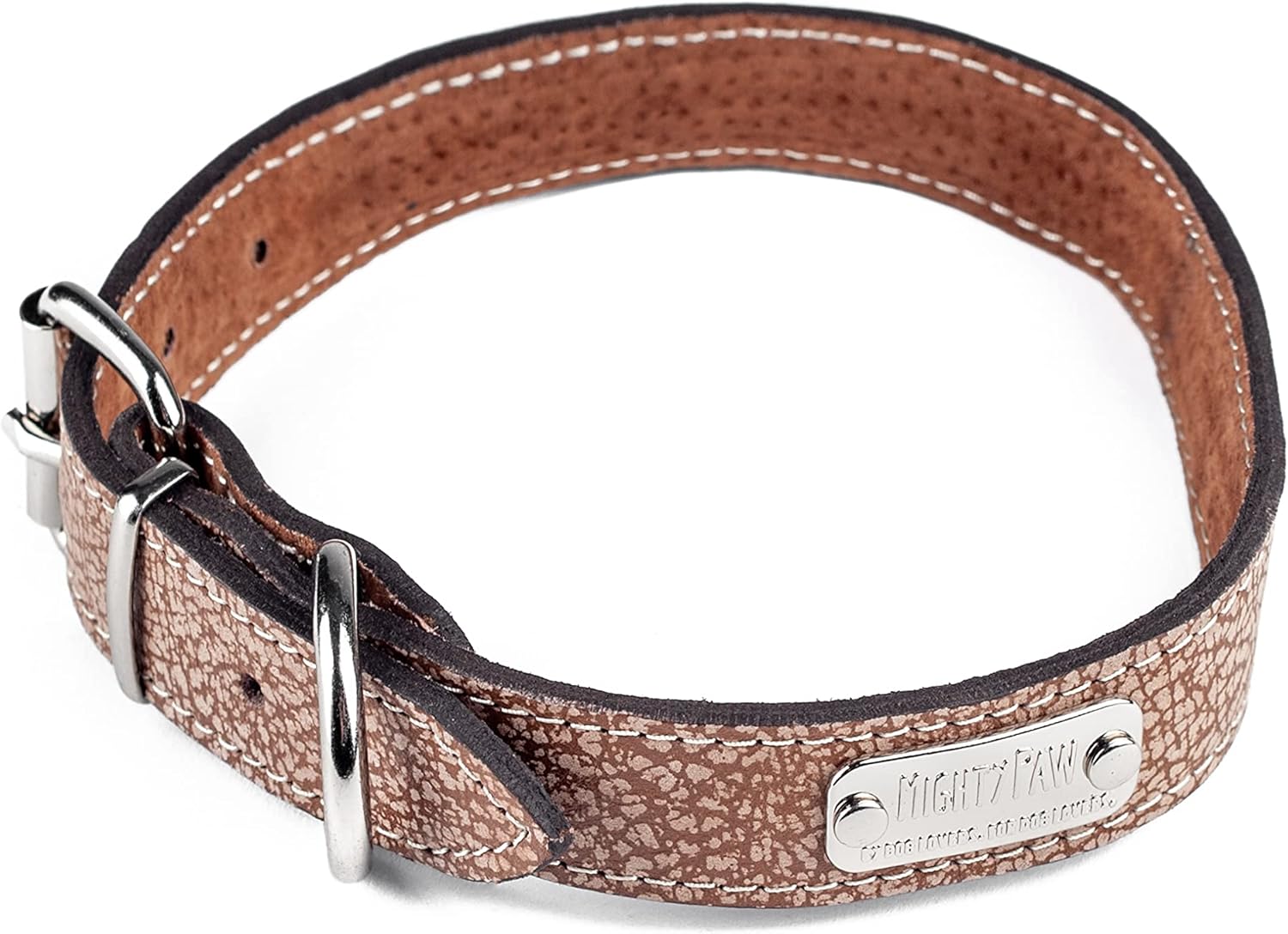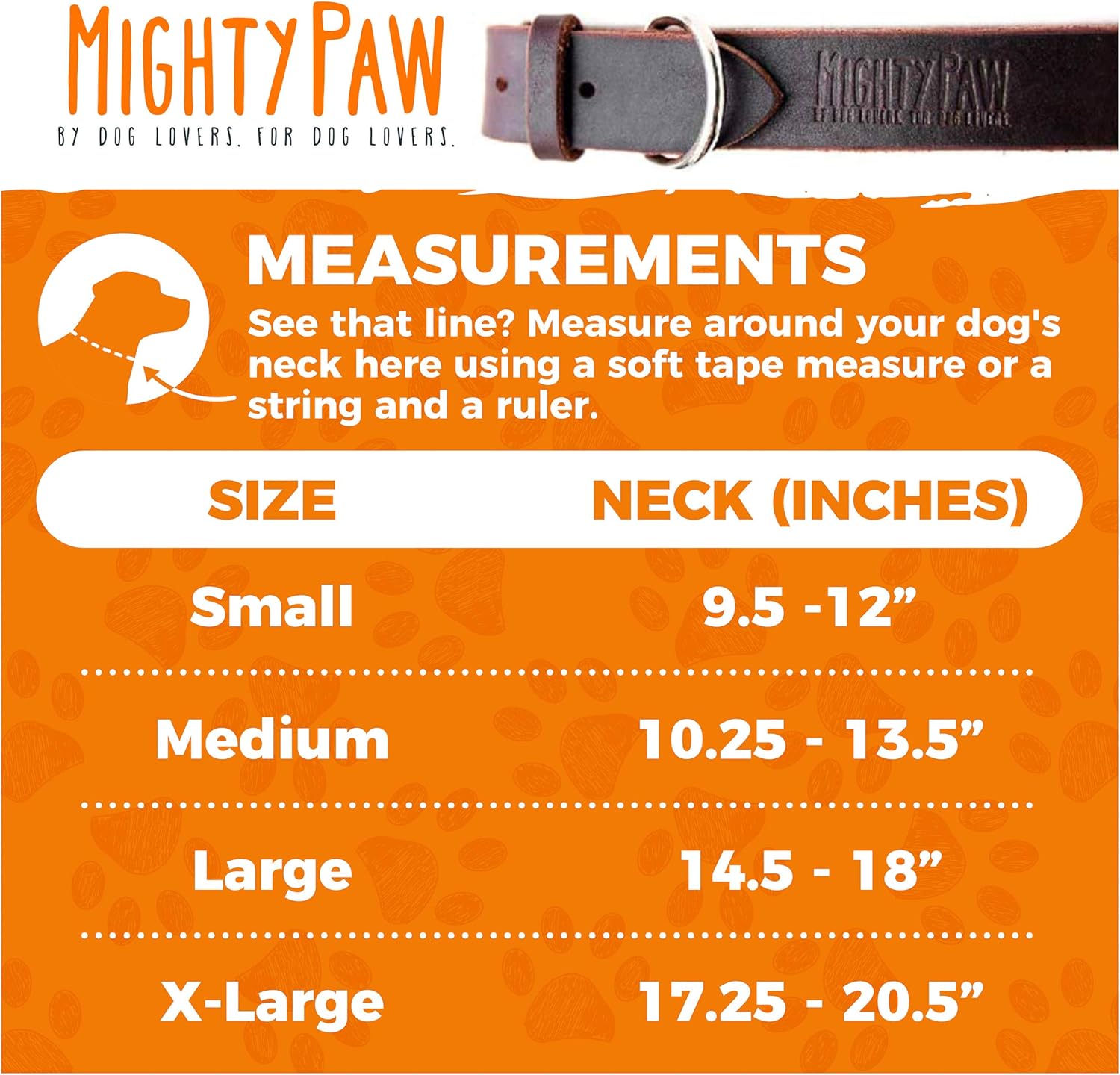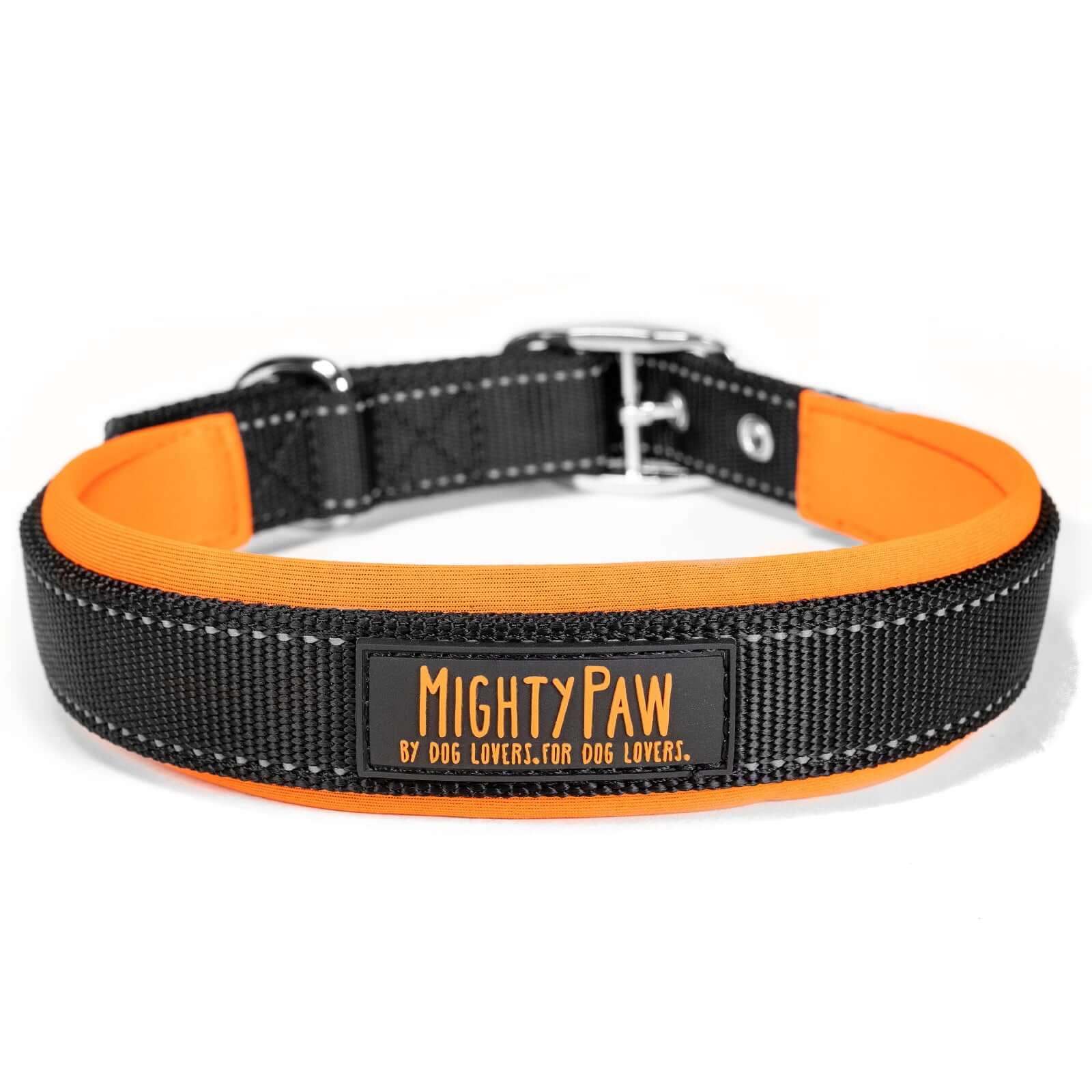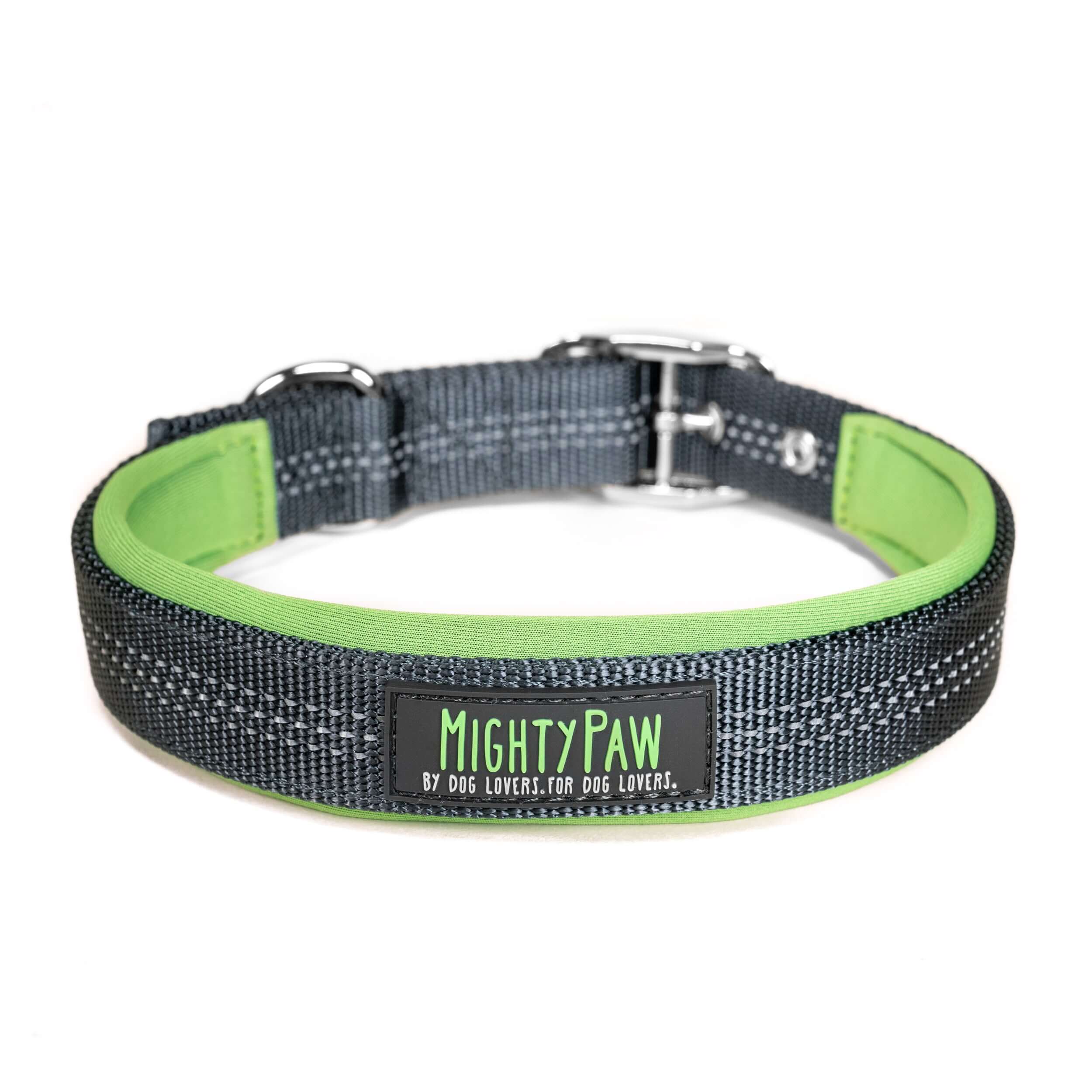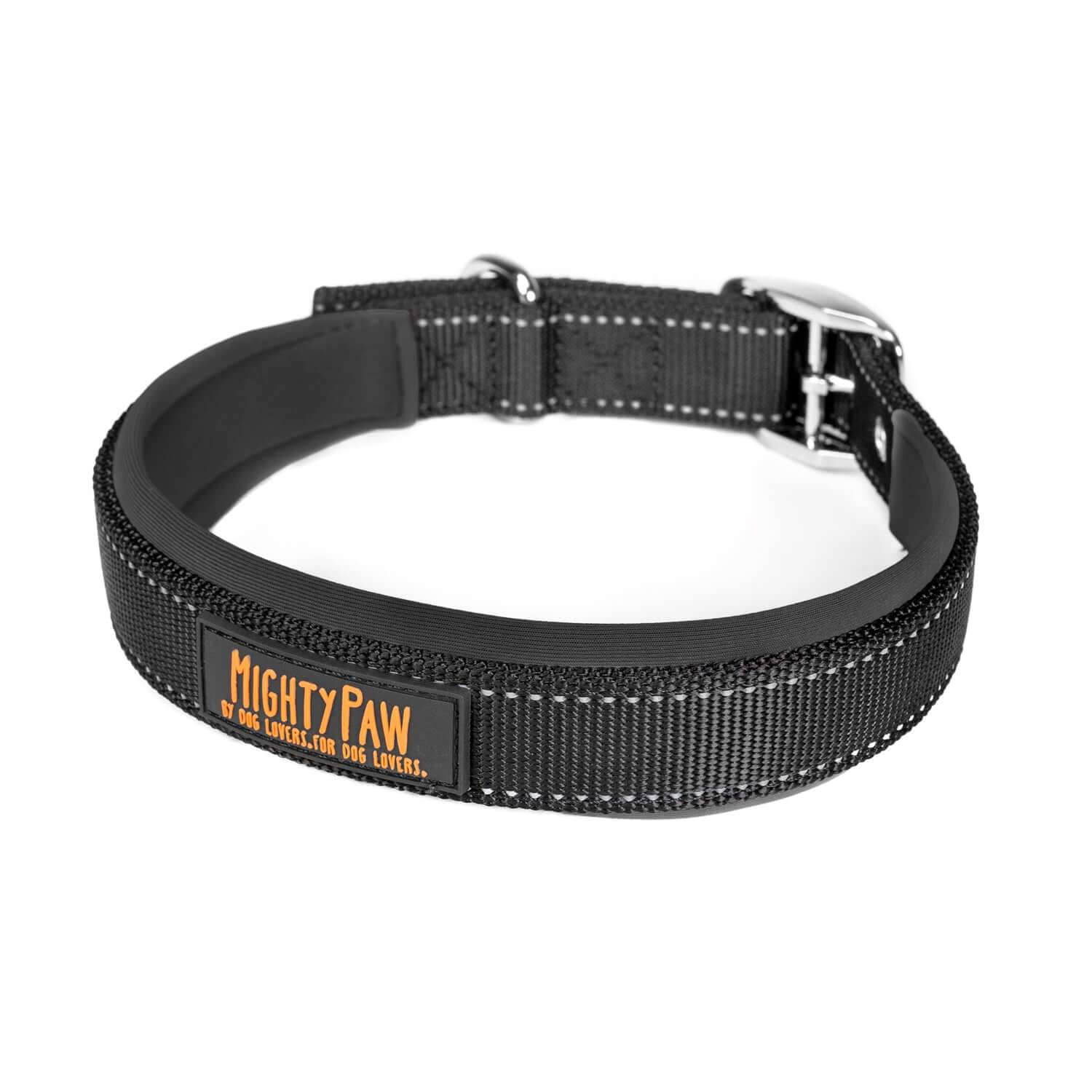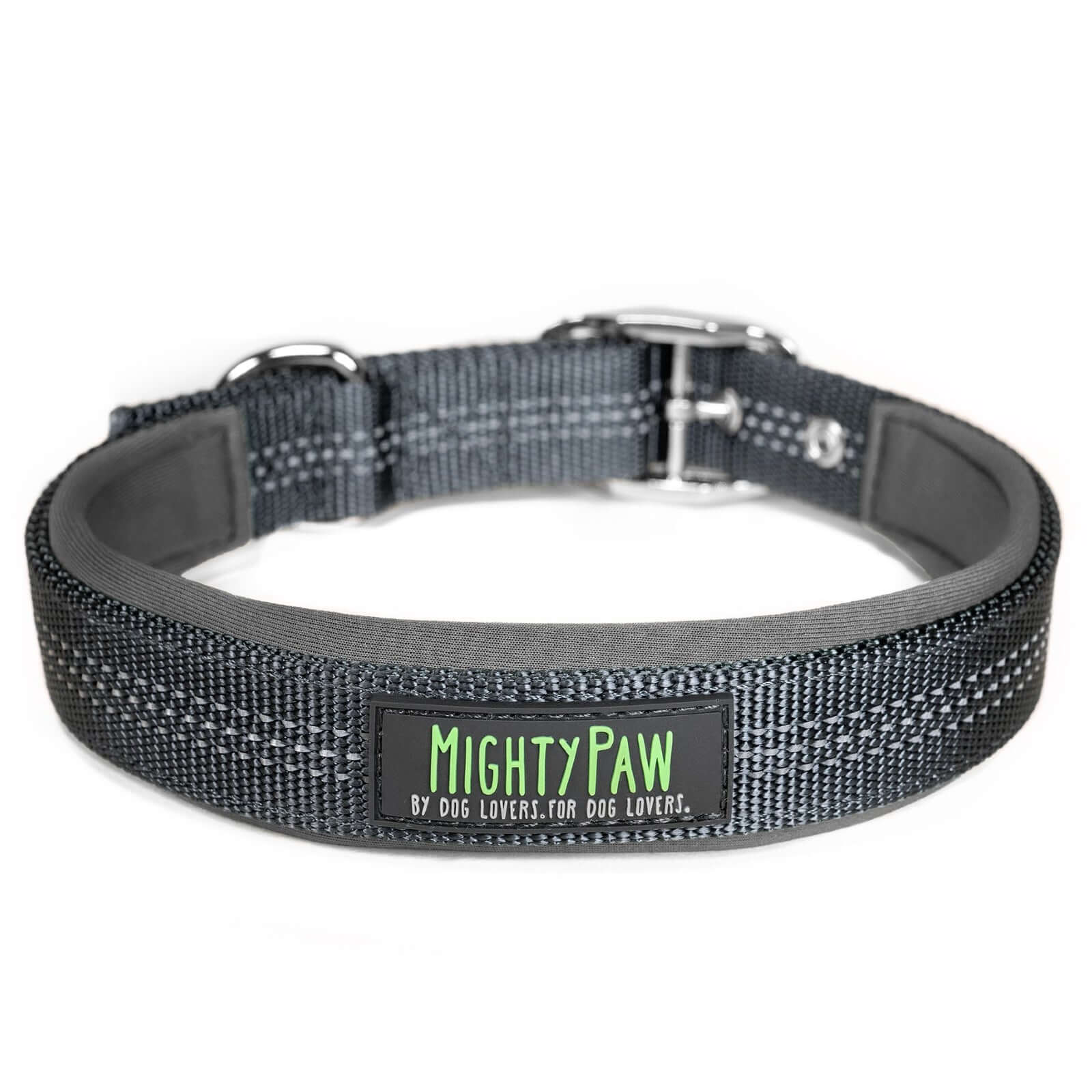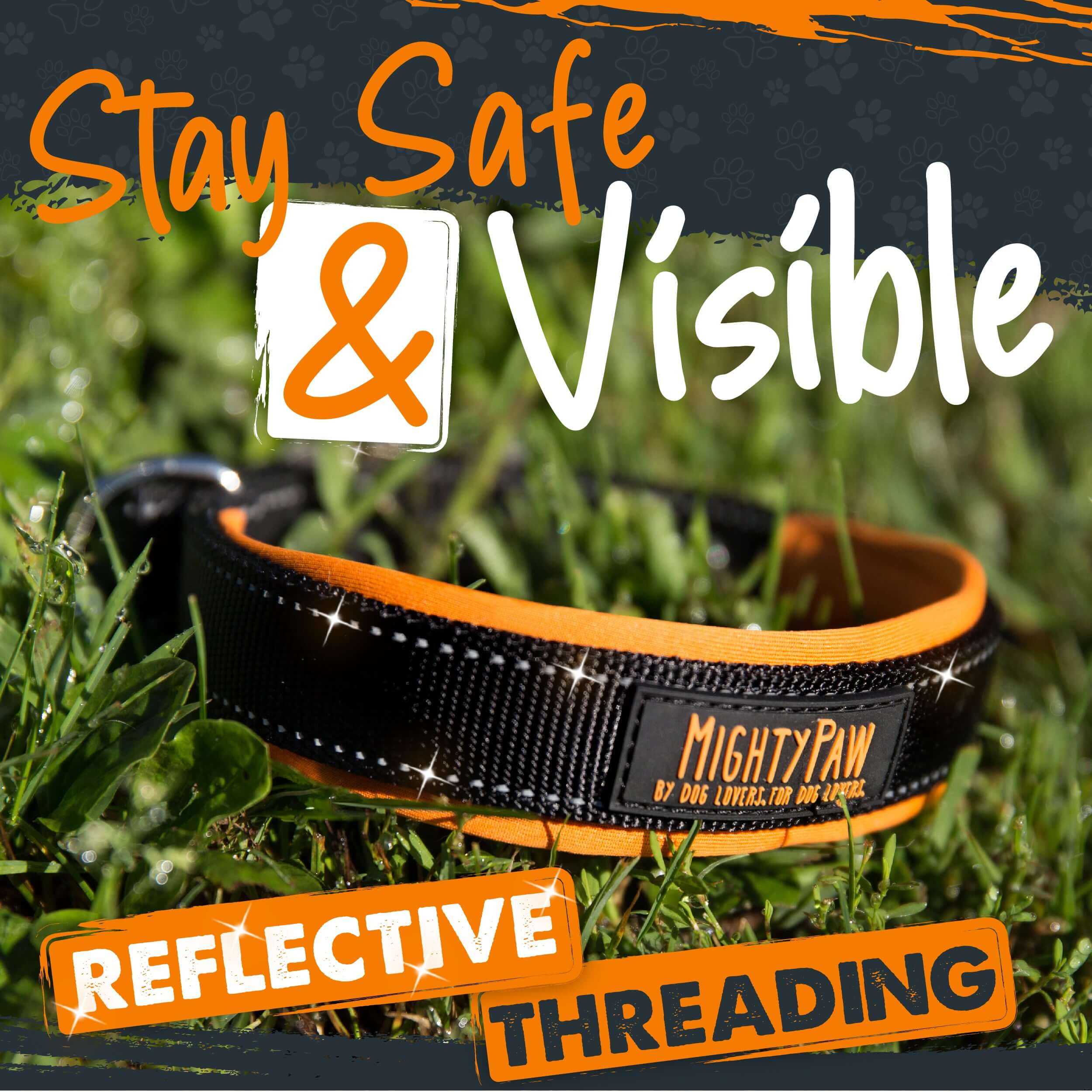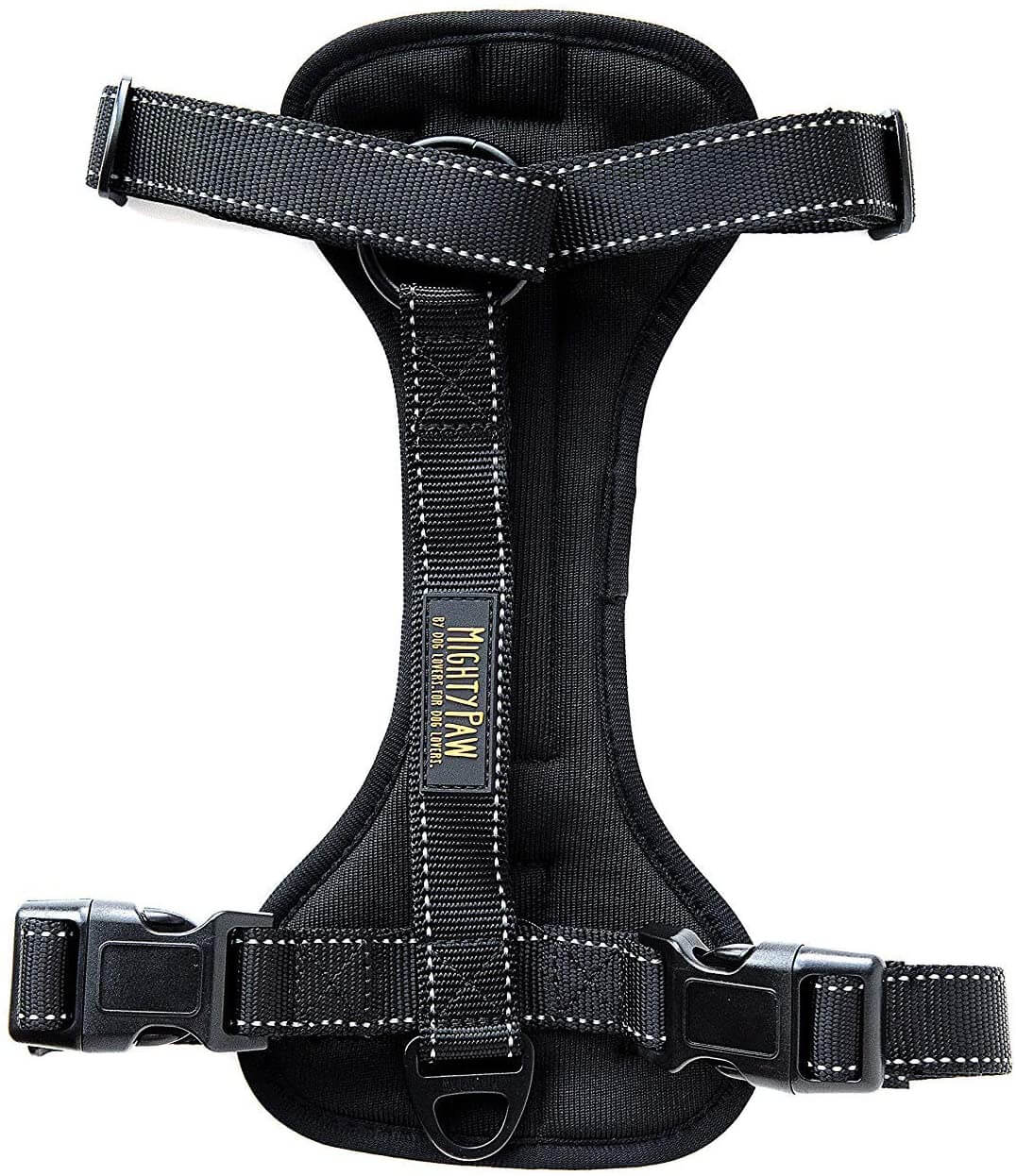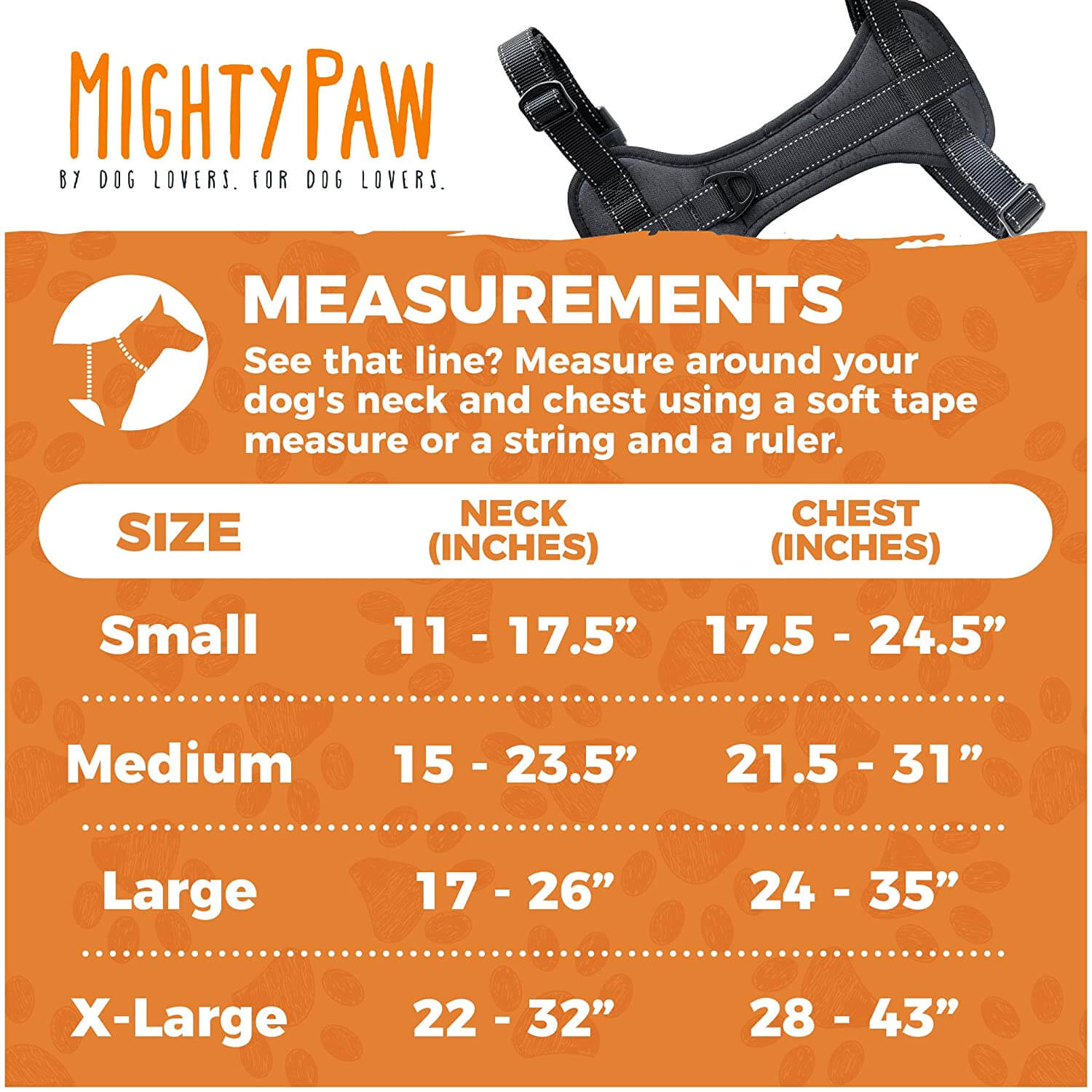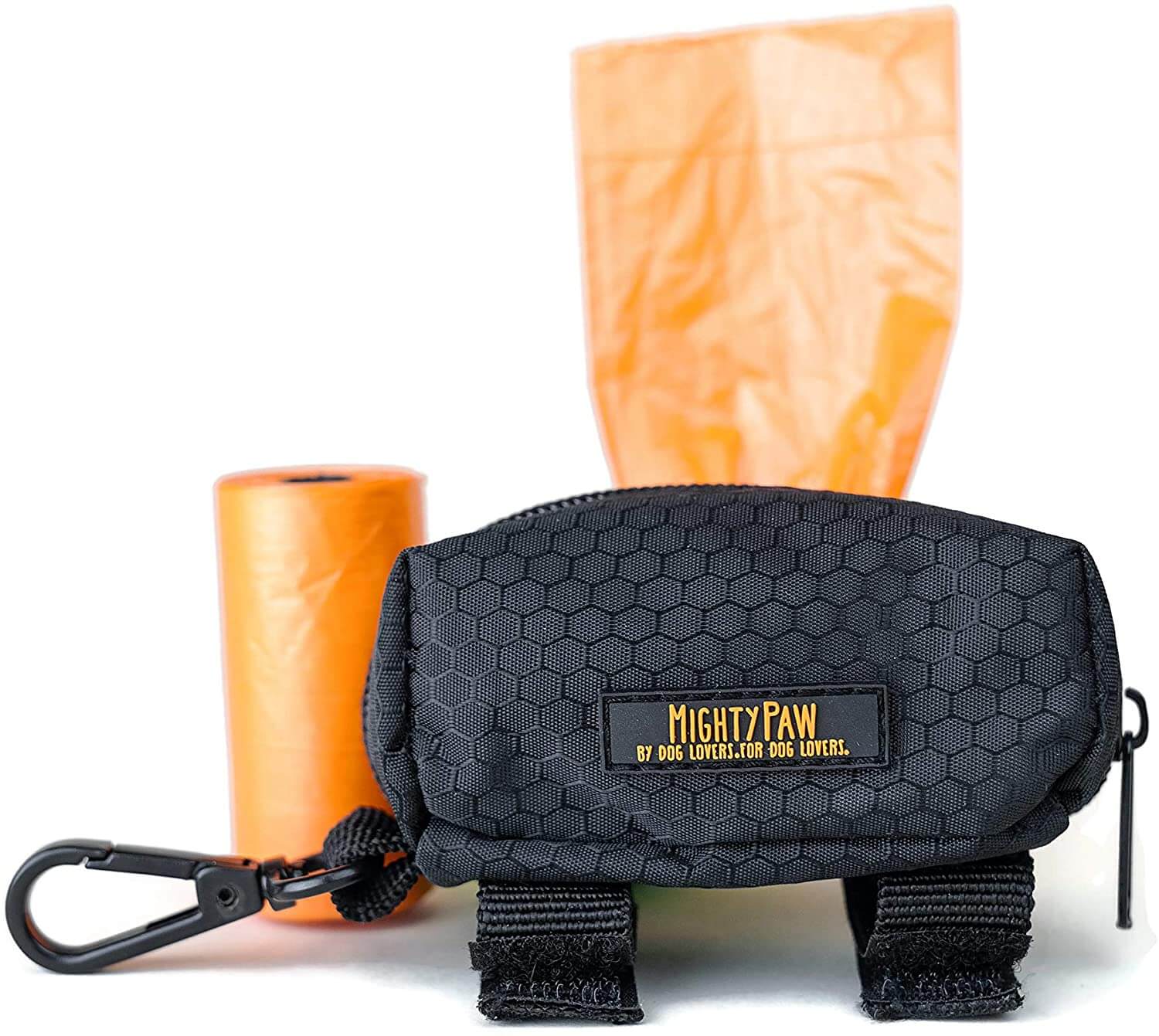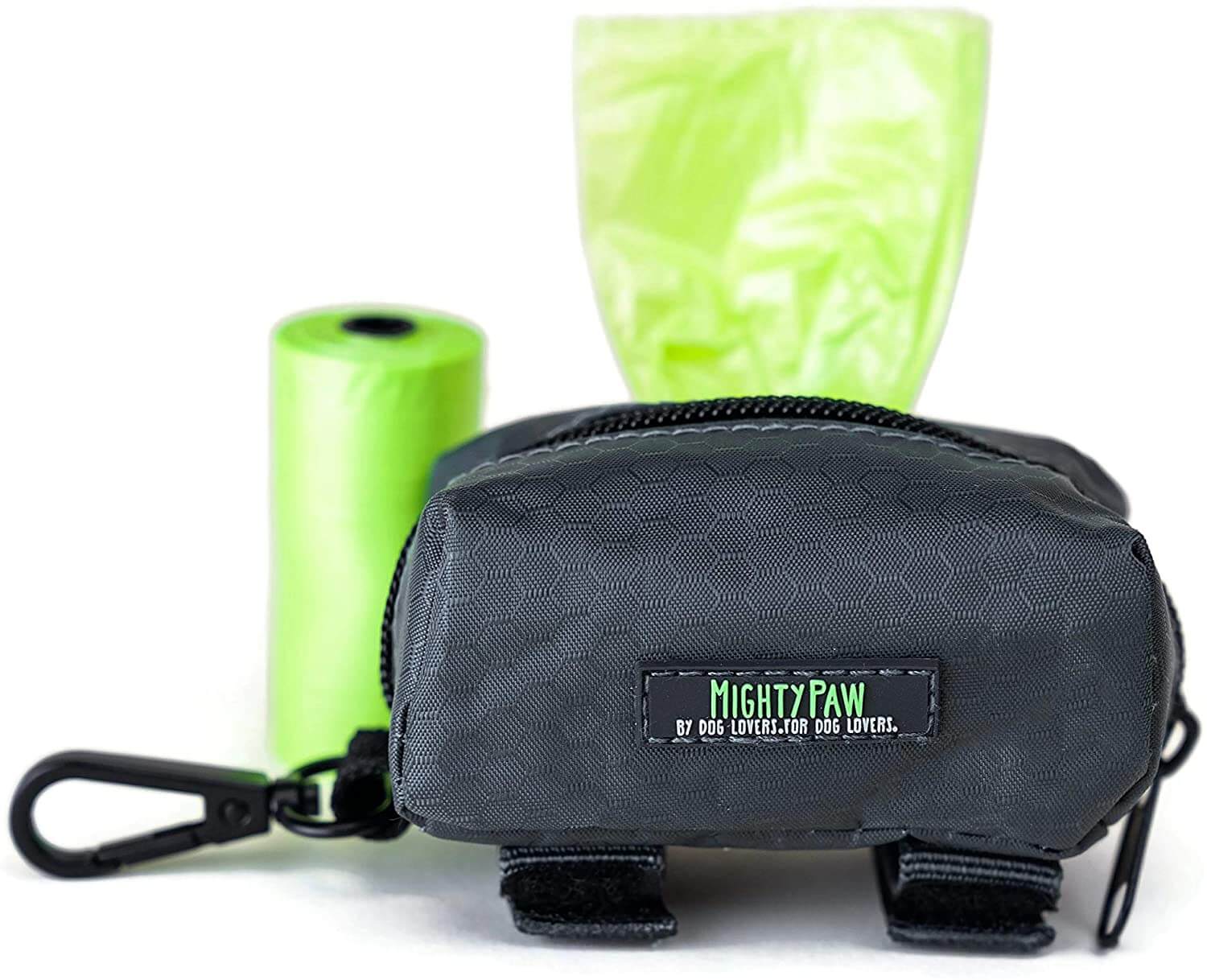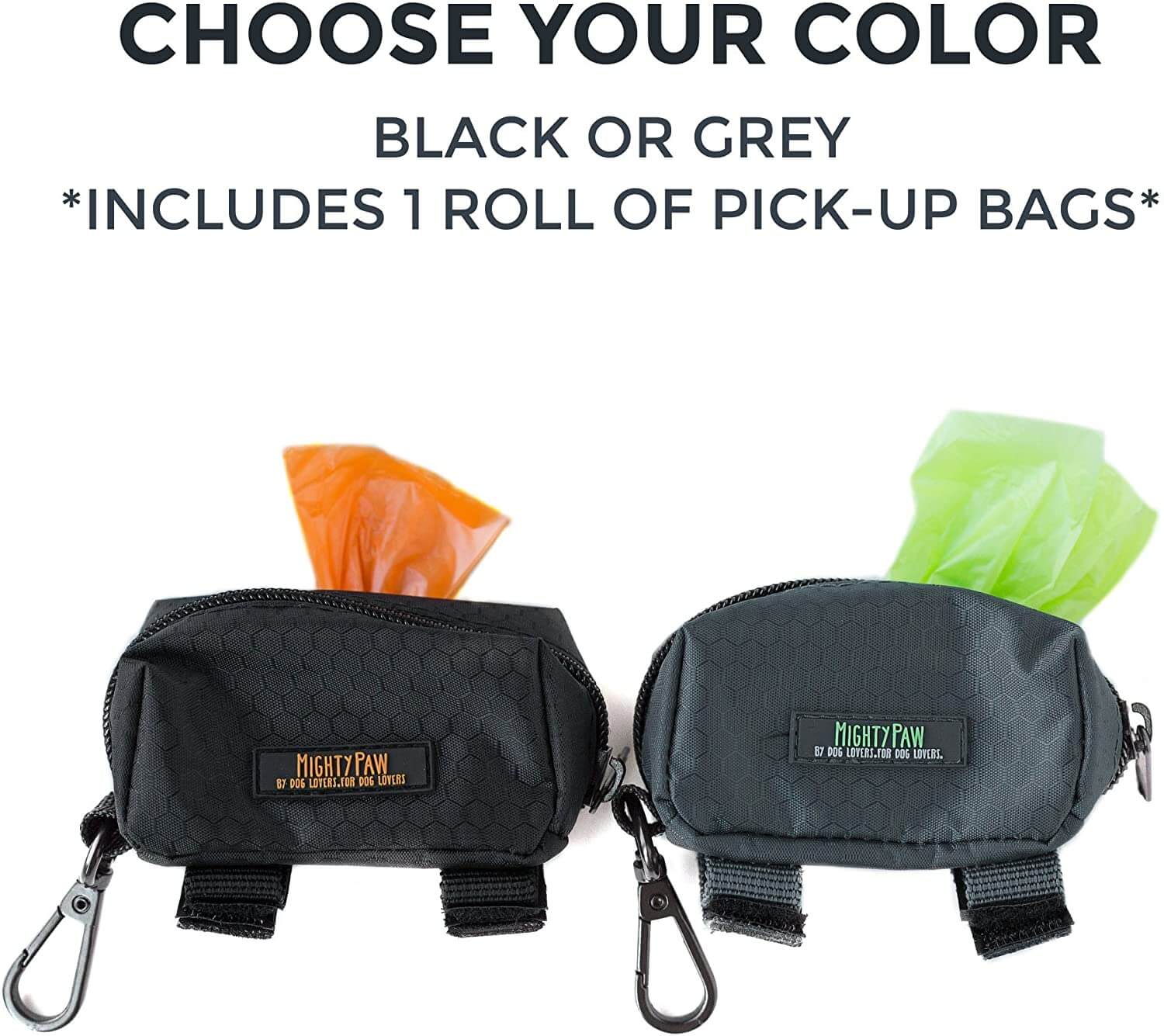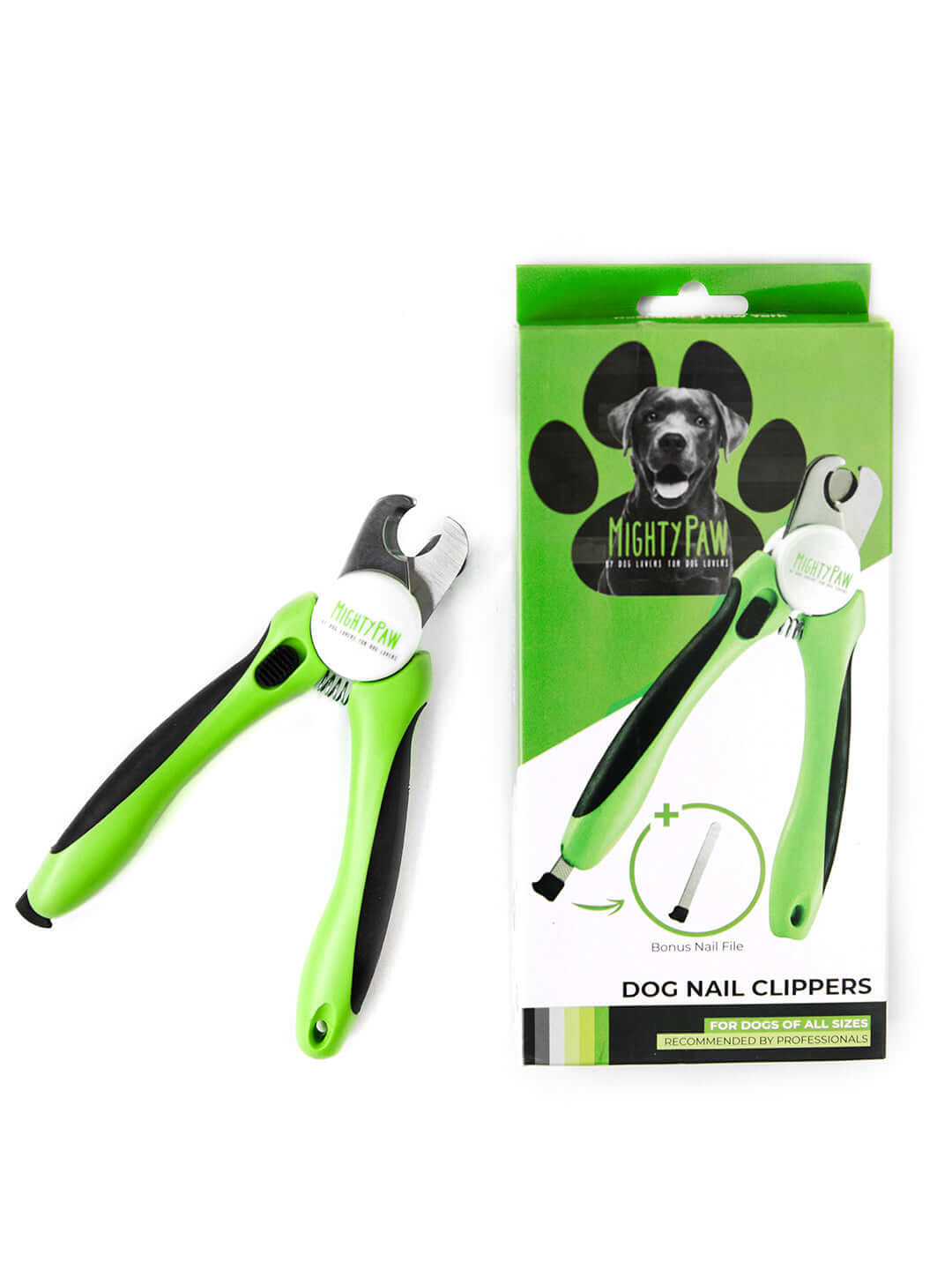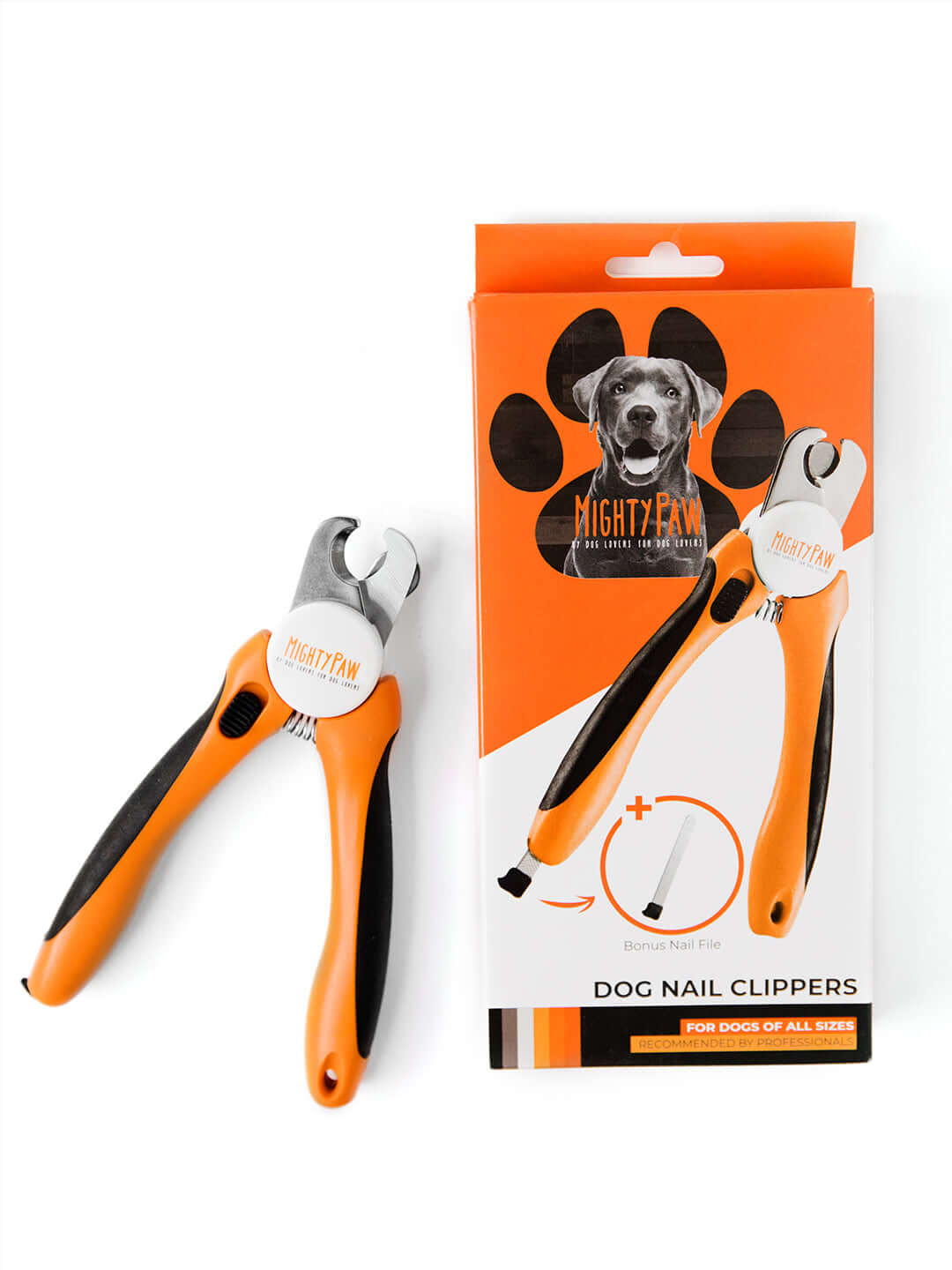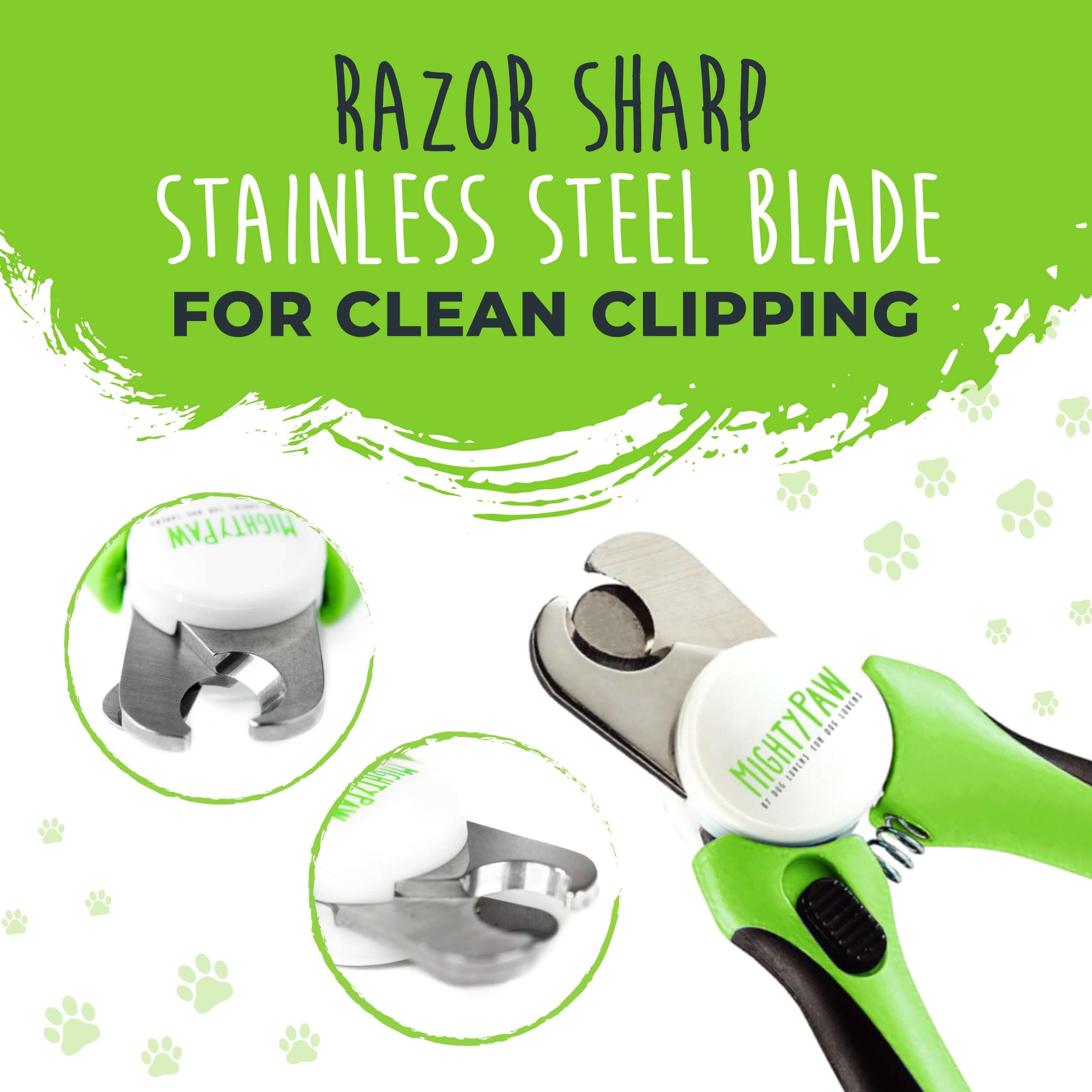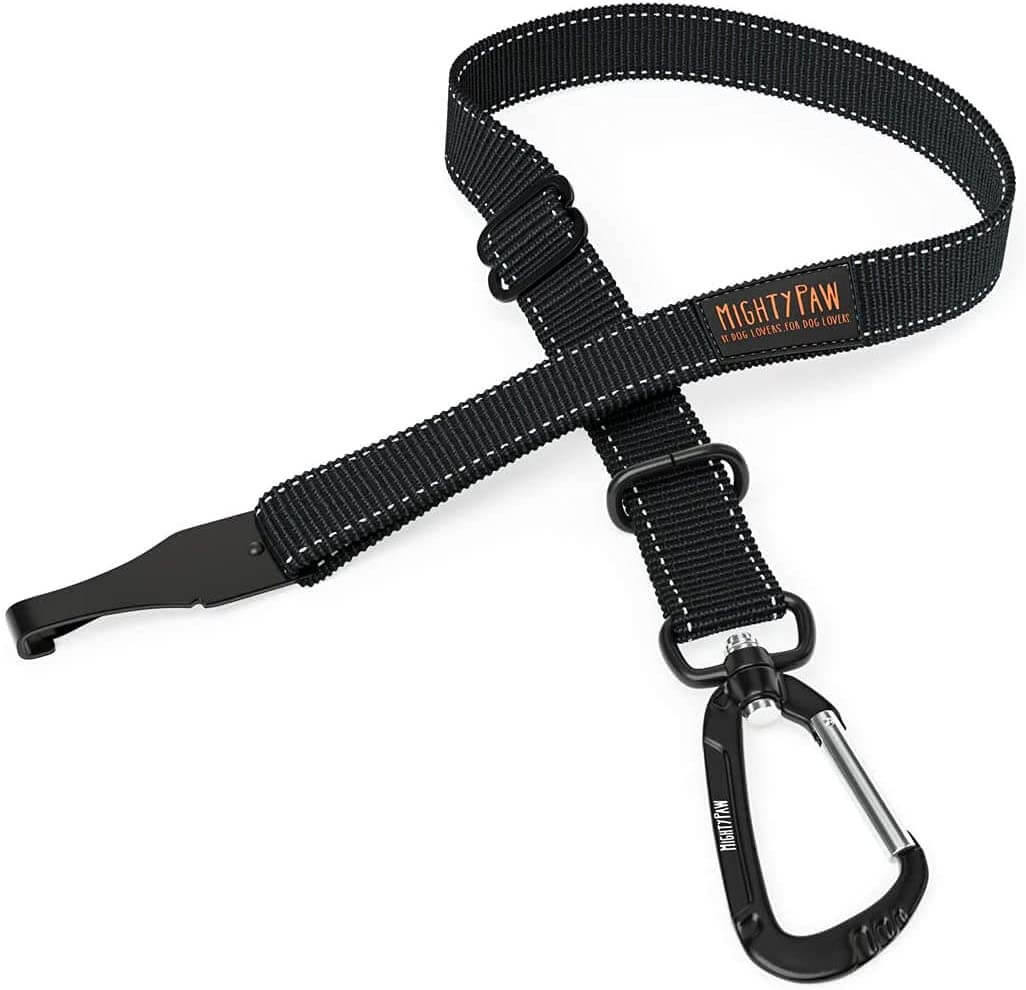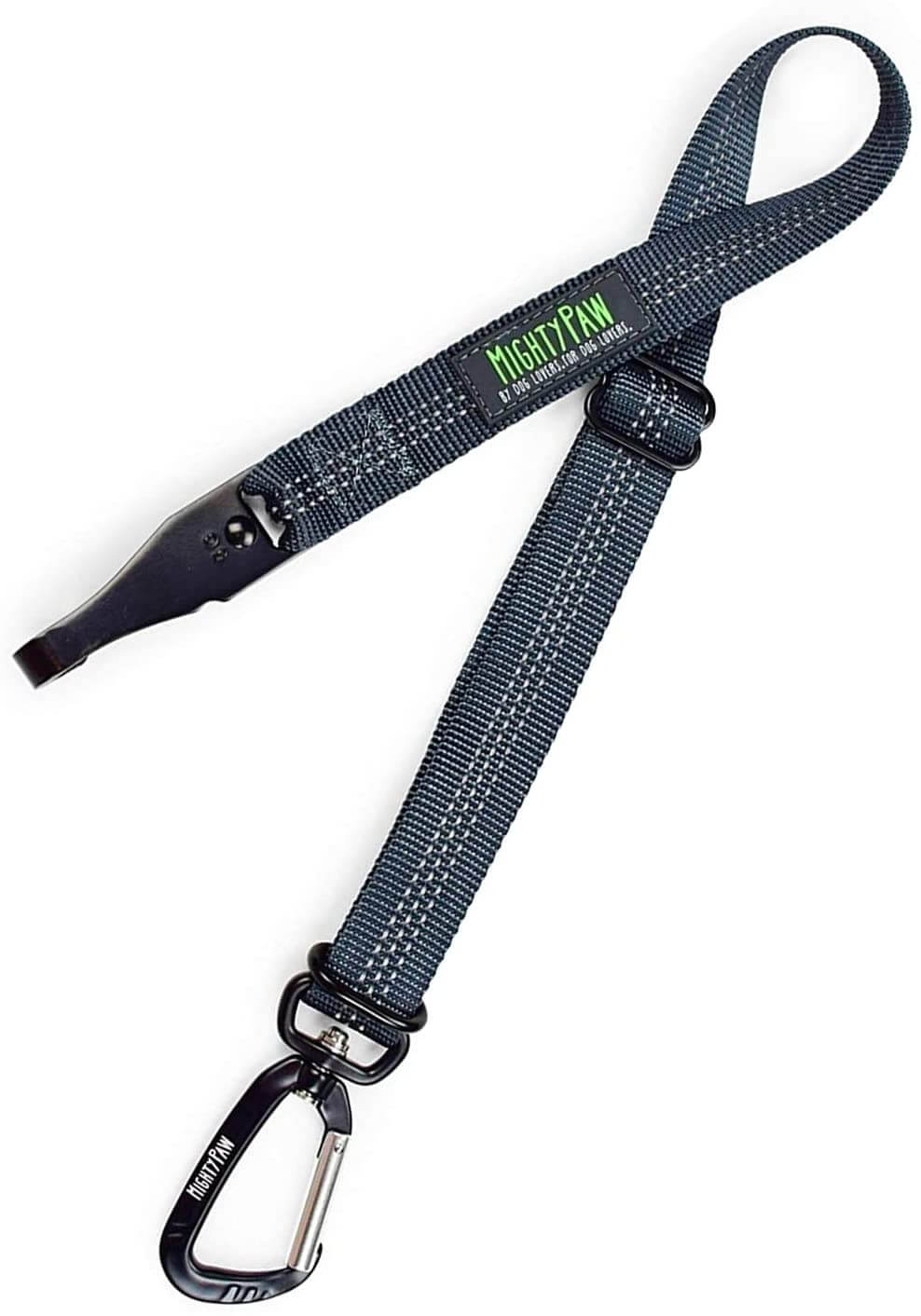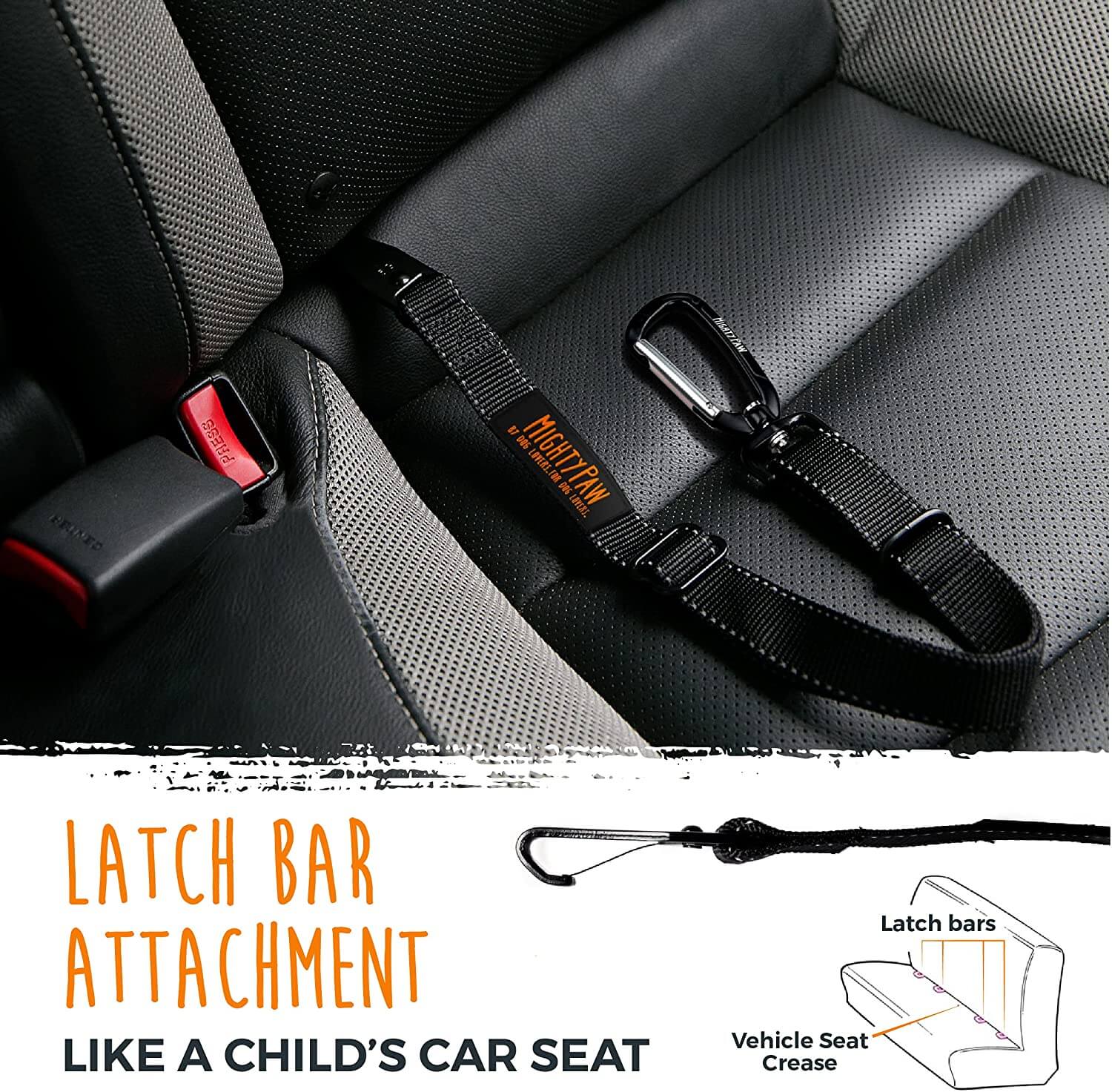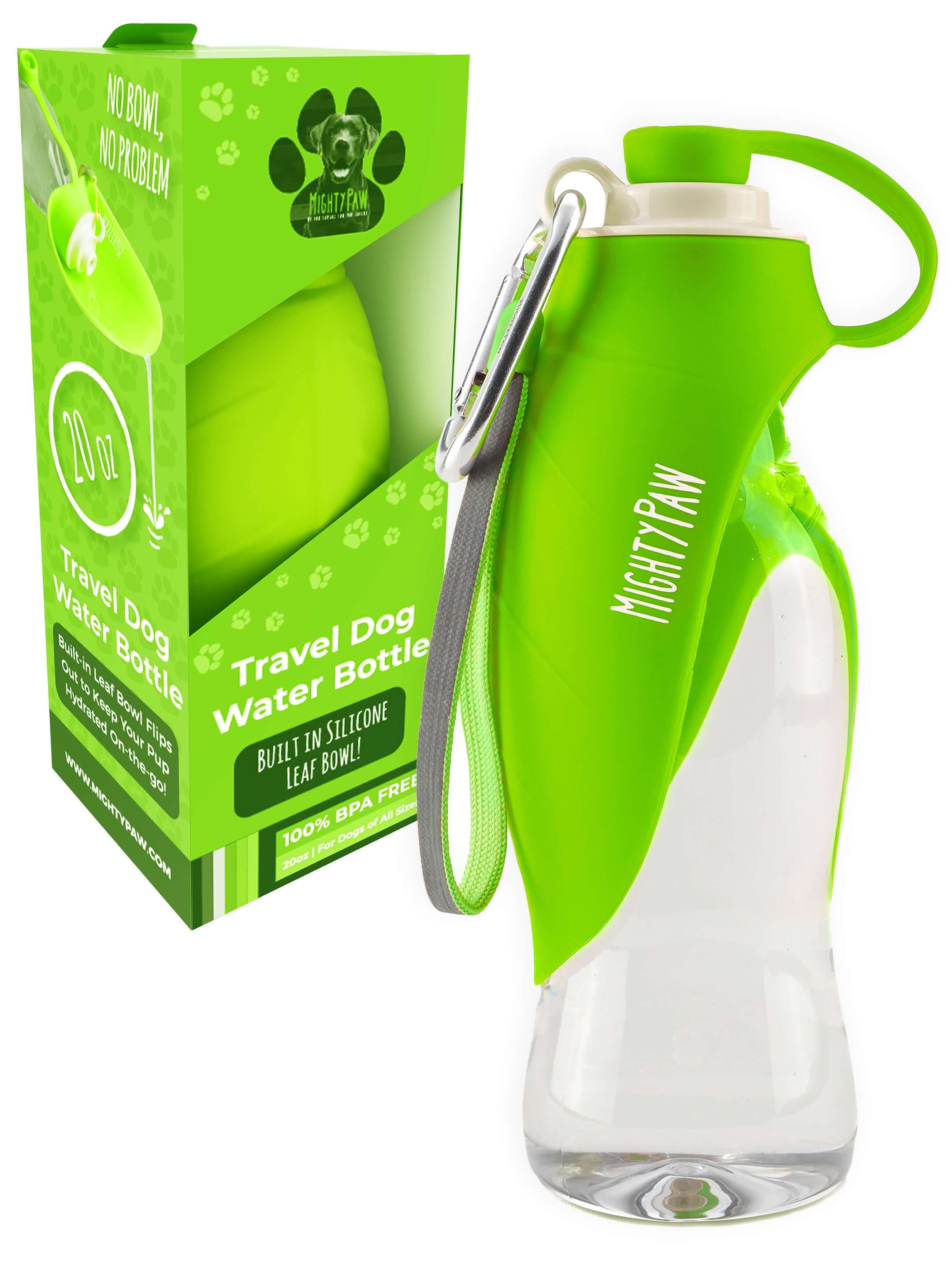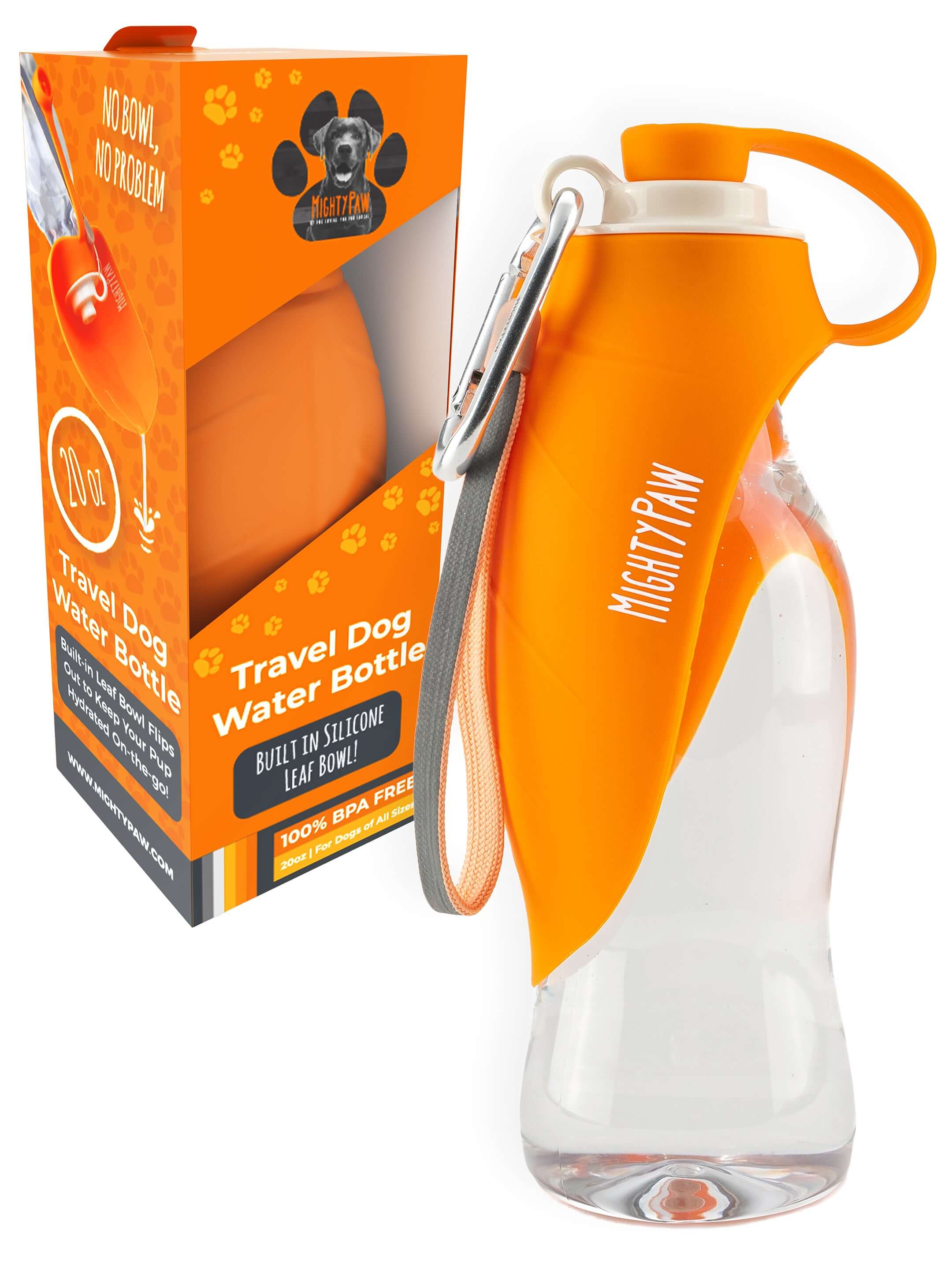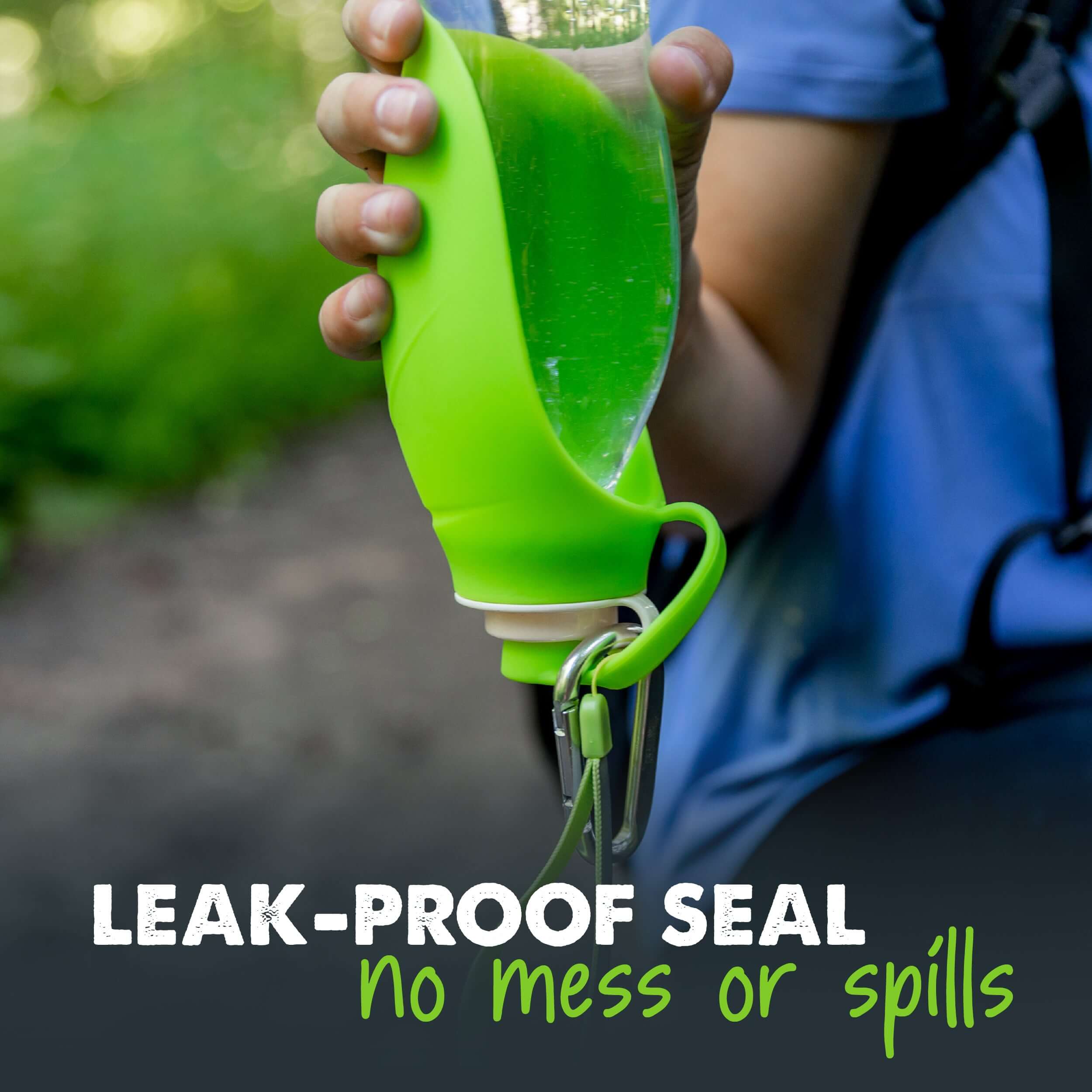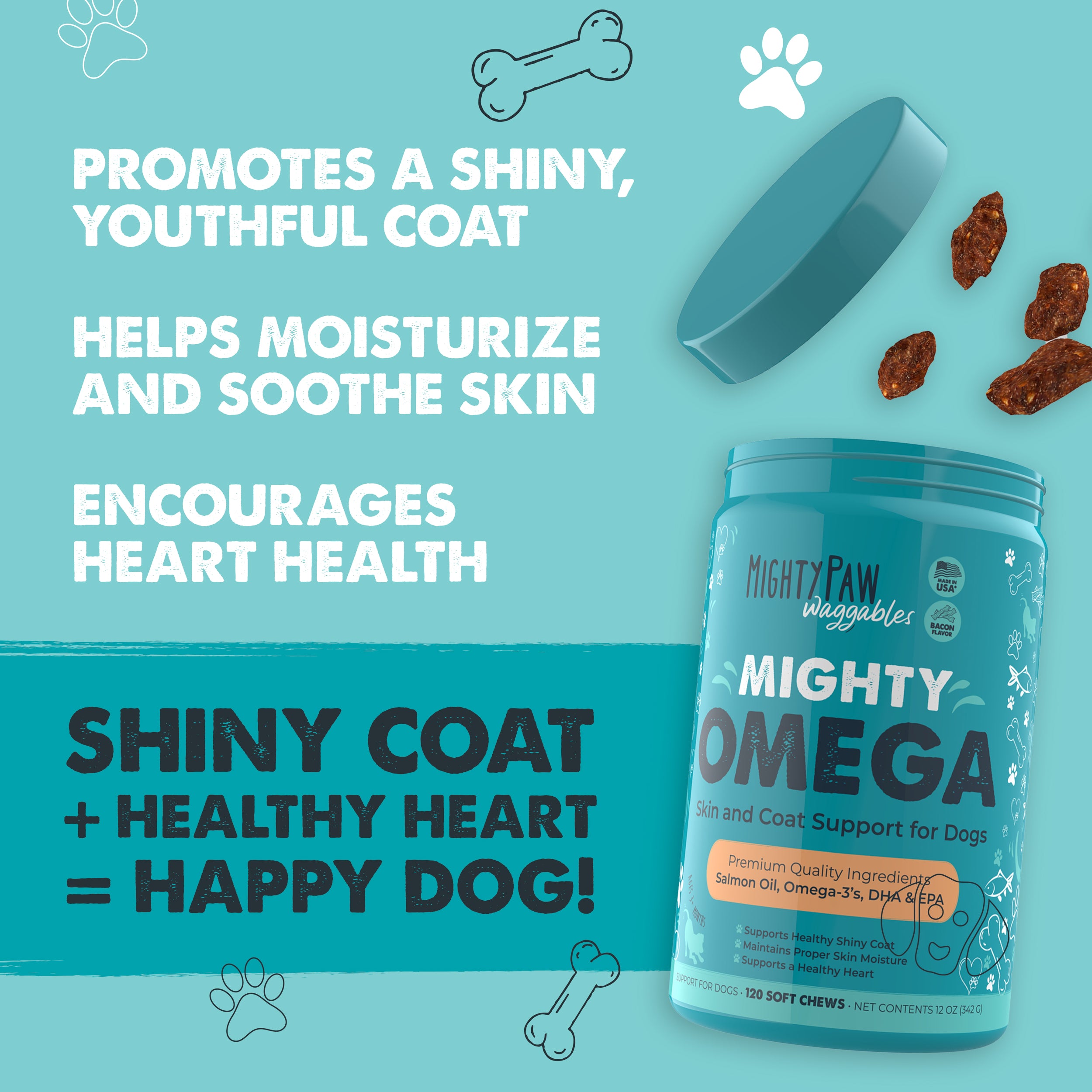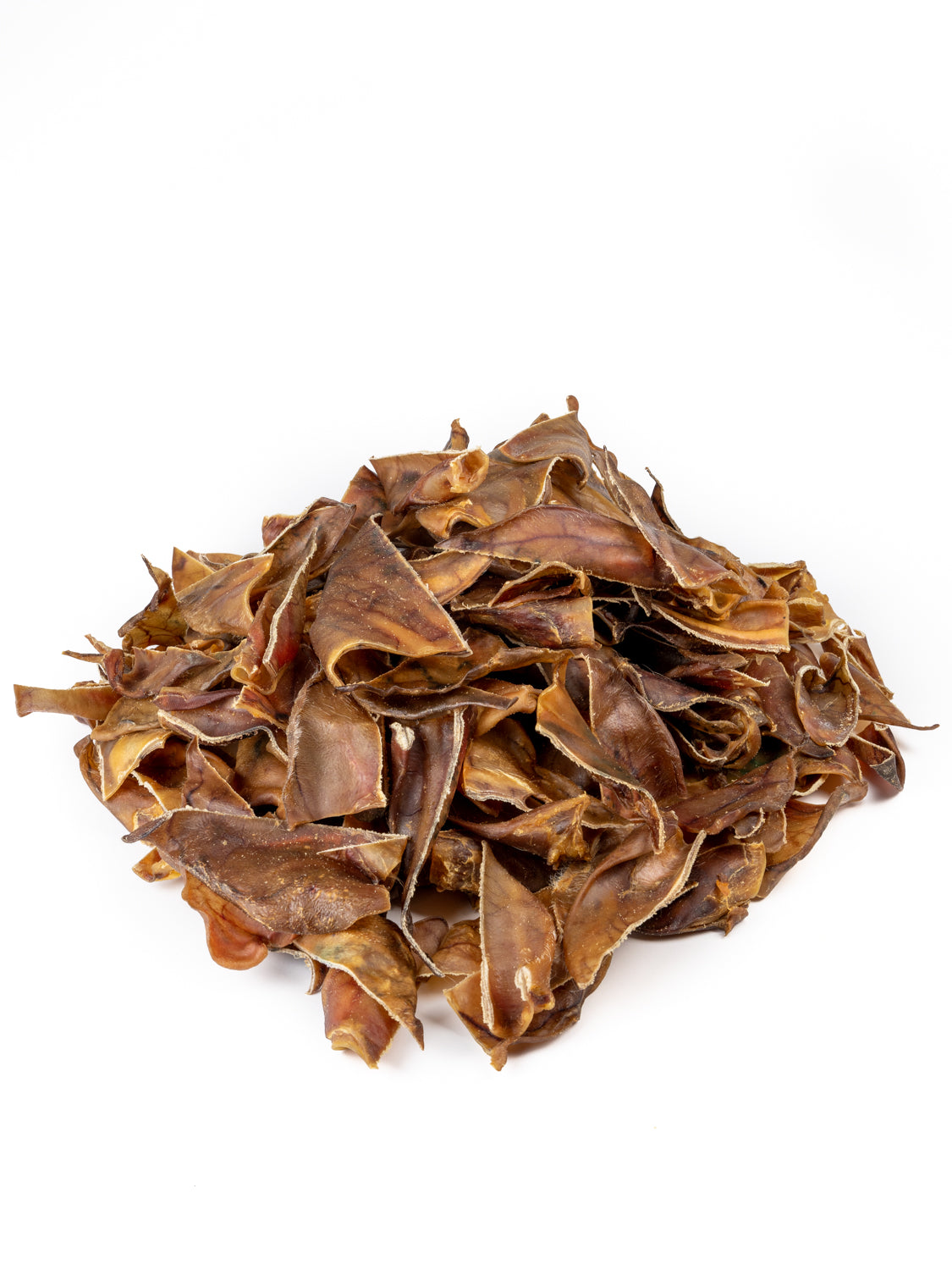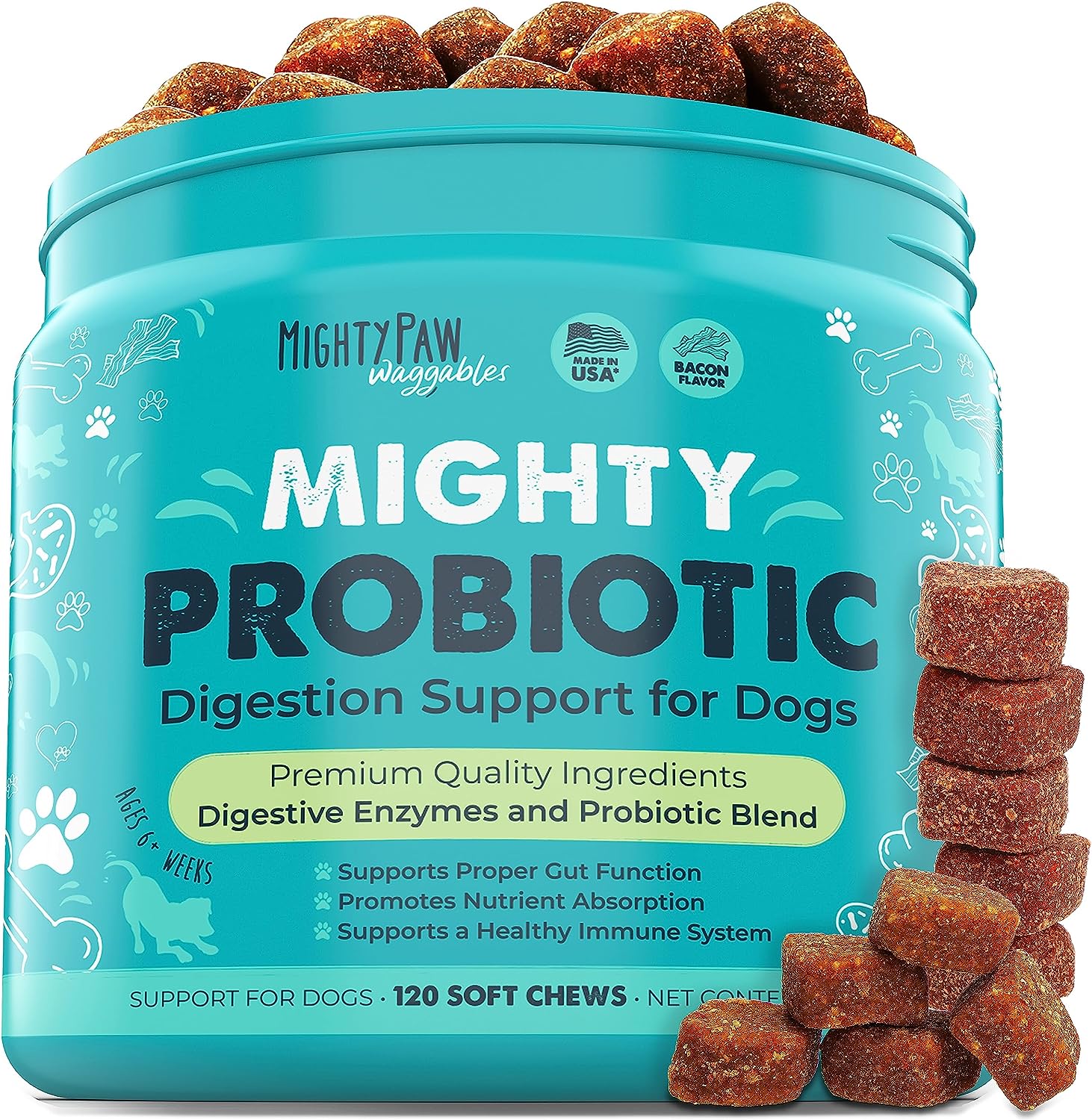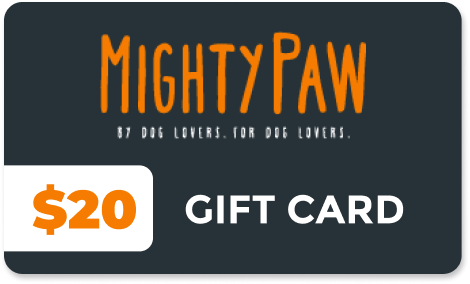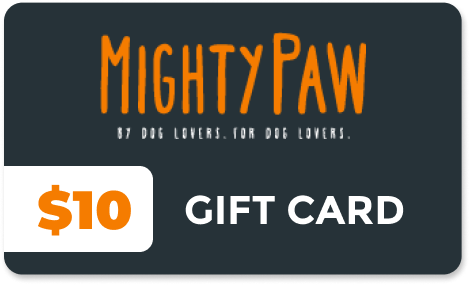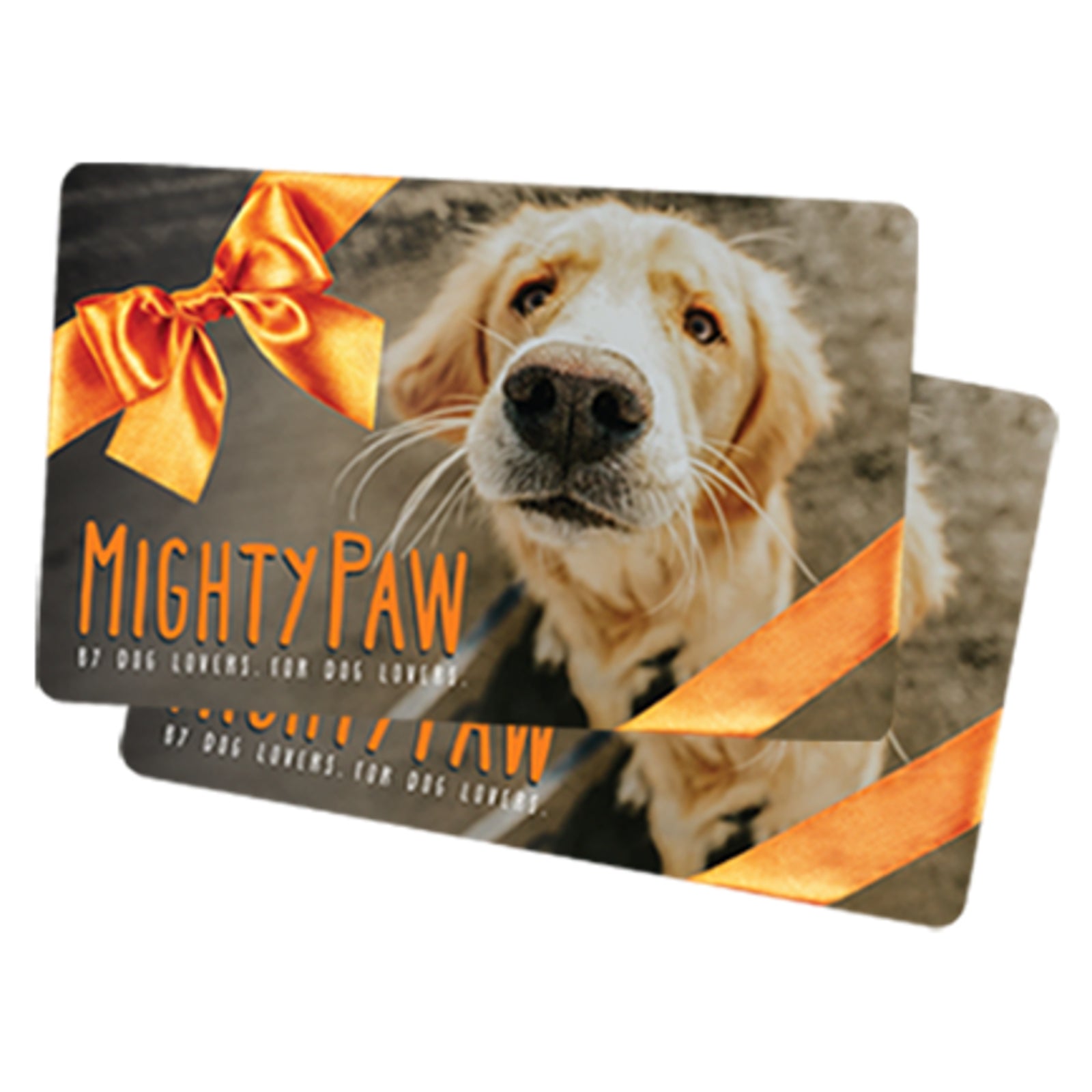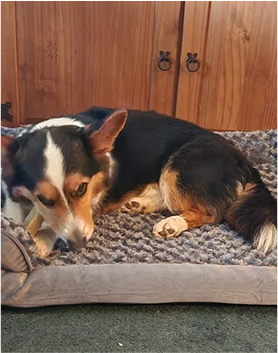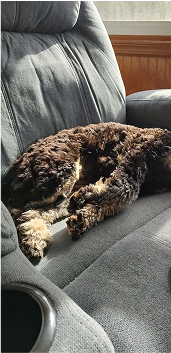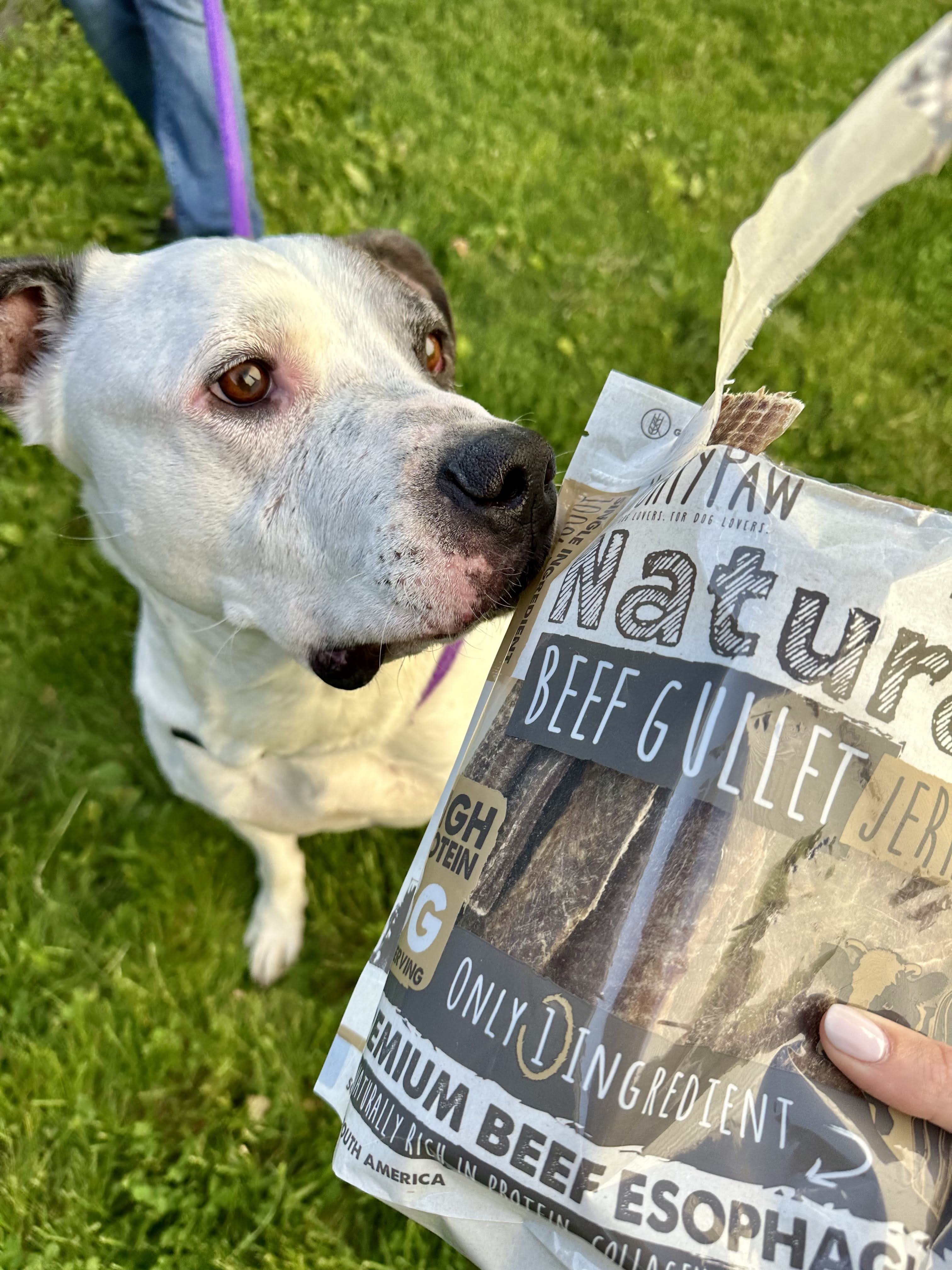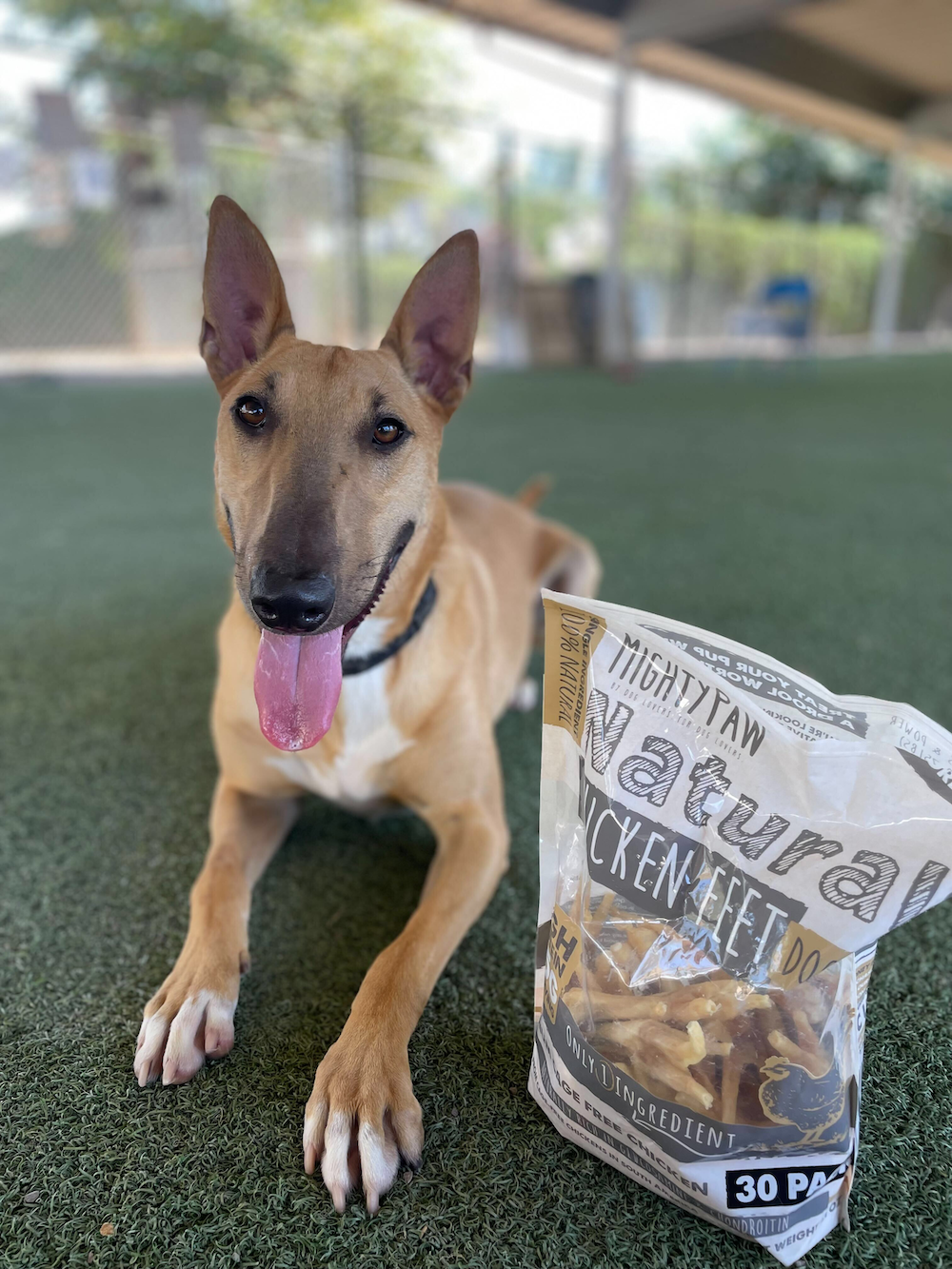Your anxious dog isn't giving you a hard time: your dog is having a hard time.
Here's how you can help your anxious dog...
When dogs lunge and bark at other dogs or people, it's often misinterpreted as aggressive behavior; tearing up the house is deemed maddening misbehavior. In reality, it's most often caused by anxiety. For dogs, much like humans, feeling fear, stress, and nervousness in certain situations is natural and not uncommon.
Whether it’s triggered by fireworks, other dogs, bicycles, separation, or any uncomfortable change in your dog's world, anxiety can significantly impact your pup’s physical as well as emotional well-being and happiness.
The good news? There are proven methods with steps you can take to help your dog feel calm and safe. Let's talk about how to understand your dog's anxiety, recognize triggers, and use techniques and tools to relieve stress and keep your dog comfortable and calm.
Understanding anxiety in dogs
Dog anxiety is a natural response to something your pup perceives as a threat or a discomforting situation. It's important to remember that anxiety is an emotional response in your dog. If your dog feels unsafe and insecure, it doesn't matter if your dog is, in fact, safe and secure. It's logical to know, for example, that thunder or a bicycle across the street is not a genuine threat to your dog. But when your dog feels fearful, that's the reality for your dog.
Anxiety can manifest in short-term episodes, like when thunder roars, or long-term anxious behavior from inadequate socialization, trauma, or health conditions. A newly adopted dog or any dog in a whole new environment can experience more generalized anxiety until having a chance to decompress and begin to feel a sense of predictability and security.
Decoding your dog's anxiety
Recognizing anxiety in dogs is the first step to understanding the cause behind it and resolving it. Some common signs of anxiety include trembling, excessive barking or whining, destructive behavior, restlessness, wary eyes/ears/tail body language, receding, and "aggressive" reactivity with lunging/barking. If you’ve noticed these behaviors in your dog, your pup could be silently (or not so silently) asking for help.
Special note: managing anxiety in senior dogs
All dogs can experience anxiety, and senior pups are often prone to experiencing more anxiety as they age due to factors such as cognitive decline, health issues, and changes in their environment. Keep a watchful eye on your senior for additional signs of anxiety like pacing or becoming more vocal and unsettled.
Cognitive dysfunction syndrome (CDS) in dogs is an age-related condition that can include symptoms like disorientation that can make your senior feel anxious. All the tips on mental stimulation and physical exercise for all dogs apply to seniors along with an increased focus on nutrition to maintain your senior pup's muscle mass and joint mobility.
Why addressing anxiety matters
Untreated anxiety doesn’t just affect your dog’s emotional health. It can lead to destructive actions, disrupted routines, and even physical issues, such as digestive problems or skin irritations stemming from excessive licking. Learning how to calm your dog with anxiety not only enhances your pup's well-being but also strengthens the bond you share and the knowledge that you've always got your dog's back.
Identifying anxiety triggers
The key to tackling anxiety is to understand its root causes. Here are some of the most common triggers that can create anxiety in dogs:
- Noises: Loud thunderstorms, fireworks, construction sounds, and other scary noises can frighten many dogs.
- Separation: Dogs can become agitated when left alone for extended periods. True canine separation anxiety is a clinically defined anxiety disorder.
- New environments: Moving to a new home, meeting unfamiliar people, or changes in surroundings can be unsettling and throw your dog off balance.
- Previous experiences or trauma: If you’ve adopted a rescue dog, your pup might have lingering fears from past experiences. Your dog may also be reacting to an experience you've had together -- for example, another dog rushes up during a walk, a noisy skateboarder flies right by you. For many dogs, that momentary fear can be generalized to the next similar incident.
- Poor Socialization: Dogs who weren’t exposed to diverse environments early on may struggle later in life with unpredictable environments.
Rest assured, all of these can be managed to help your dog cope and get on top of anxieties. But do observe your dog closely. What situations cause your dog to be anxious? Once you identify these triggers, managing your dog's anxiety becomes much easier.
5 ways to help your dog with anxiety:
1) Lay a calm foundation with soothing aids
With most dogs, a layered approach with each element supporting the others is the most effective, lastingly successful way to go. You'll want to start by setting the foundation for your dog to be in a comfortable, balanced place, ready to learn and process new emotional reactions and behaviors in response to triggers.
Natural calming supplements can help take the edge off your dog's anxiety and help maintain your pup's healthy emotional foundation.
We designed Mighty Calm with veterinarians to help nurture a relaxed feeling in your dog, bringing comfort to your dog and peace of mind for you. Mighty Calm chews harness the power of melatonin, chamomile, and L-tryptophan to promote relaxation and calm behavior in dogs. Your dog will think Mighty Calm chews are dog treats, but you'll know they're working their magic to support and calm your dog.
2) Provide engaging mental stimulation
Mental stimulation is an important aspect of a dog's overall well-being and can also help alleviate anxiety. Mental activities not only provide entertainment, they keep your dog's brain active and de-stressed.
Puzzle toys, games, or training exercises challenge your dog’s mind and reduce boredom-induced anxiety. Also importantly, dogs are hardwired to self-soothe with the instinctive act of chewing. "Feel-good" hormones are released in your dog's brain, relaxing and calming your pup with every chew session. The act of licking has a similar effect.
A few favorites for calming, mental engagement for your dog:
All-natural Yak Cheese Chews - long-lasting to engage and de-stress your pup for hours (across many sessions for most dogs)
All-natural Bully Sticks - also long-lasting and made from a single, healthful ingredient, 100% grass-fed beef
Calming Lick Pad - our multi-textured lick pad designed to be spread with your pup's favorite peanut butter, coconut oil, or other treat for self-soothing in all kinds of situations
3) Give your pup plenty of physical exercise
A well-exercised dog is a calmer dog. Walks, playtime in the yard, or a trip to wander and explore new smells can do wonders for your dog's emotional well-being. Dogs with naturally higher energy levels may need more vigorous activities like running or rigorous fetch.
Channeling excess energy into activity helps reduce anxiety and creates a balanced, de-stressed foundation for a dog suffering from anxiousness.
4) Create a safe space
Dogs need a sanctuary where they can retreat and feel protected. Creating a safe and quiet space is one of the most effective ways to support your anxious dog.
Tips for building a calming retreat
- Choose a quiet area: Find a spot in your home away from household traffic, a quiet corner or designated room.
- Cozy bedding: Provide a soft bed or blanket for your dog to snuggle into; familiarity is comforting.
- Familiar scents: Add an item with your scent, like an old T-shirt, to reassure your dog.
- Low light: Dim lighting can help create a soothing atmosphere.
- Calming music: Very quiet music playing can relax your dog during stressful moments. (Usually, dogs prefer classical music.)
Encourage your dog to use this safe area whenever your pup feels overwhelmed. Over time, your dog will see it as a personal retreat.
5) Support your dog with training techniques
Training can be a game-changer for anxious dogs. Counter-conditioning and desensitization are two powerful strategies to help reduce your dog's anxiety and fear response to certain triggers. Training can be both a bonding time and an opportunity to give your dog tools to live with less stress and more fun.
Counter-conditioning
Counter-conditioning focuses on replacing a negative reaction to something with a positive one. It's a form of positive "behavior modification": learning to think of something as a good thing rather than a worrisome thing -- changing your dog's behavior in reaction to it.
For instance, if your dog gets anxious when you grab your car keys, start pairing the sound of the keys with treats or toys. Practice picking up your keys when you're not leaving (just give treats) or when you're taking your dog with you. Over time, your dog will associate hearing your keys with something good or no big deal.
(Note on car keys/"leaving signs" anxiety: if your dog has true separation anxiety, behaviorists and certified separation anxiety trainers can help with specific, tried-and-true protocols that include counter-conditioning to support your pup.)
Desensitization
This method involves exposing your dog to your pup's triggers gradually. For example, if your dog is scared of loud noises, play thunder sounds at a very low volume while offering treats or a favorite chew with praise and affection. Slowly increase the volume as your dog grows comfortable. In this case, you are working to alleviate noise sensitivity by neutralizing sounds to make them no big deal.
Remember, patience is key in both desensitization and counter-conditioning techniques!
When to seek professional help...
If your dog’s anxiety persists or worsens, consulting a professional is a good idea. A veterinarian, behaviorist, or CSAT (specifically for separation anxiety) can provide tailored advice and solutions. In some situations, that might include anti-anxiety medication.
Dealing with your dog’s anxiety can be challenging, but the good news is support at every level is available! By identifying triggers, building a safe environment, getting lots of physical exercise and mental stimulation, incorporating training and tools like Mighty Calm, and offering plenty of love and patience, you can help your dog feel more at ease.
It’s a learning (and bonding) process for both of you. You’ve got this!
We're here to help your dog live happy.
All of us at Mighty Paw are here to do what we can to help your dog and every dog live a happy, healthy life.
We know how heartbreaking it feels when we see our own dogs struggle with anxiety. And what an all-out joy it is to get on top of their fearfulness and see them relaxed and living their best life!
That's why we're constantly working to bring you products and information to make it easier for you to keep your pup happy and well every day at any age. And to make it all safer and more joyful for your pup and you.
We're committed to creating high-quality products that are safe, healthful, and practical for everything you need for your dog, from calming chews to helpful supplements proven to help with allergies and gut health to durable, comfortable equipment for your favorite times together.

